When it comes to promotional merchandise, there’s plenty of talk — but not much data from real recipients. So, over 15 days, we decided to find out what Australians actually think by asking them to participate in a survey.
In a first of its kind in Australia, at Cubic Promote, we surveyed 100 respondents across Sydney, including clients, students, trade show visitors, and everyday consumers. We wanted to know how people use, remember, and value promotional products — and what that means for businesses trying to achieve a positive ROI with them. Here’s what we discovered.
1. The Power of Recall: 83% Remembered Their Last Promotional Item
Brand recall is the backbone of promotional marketing, and this data shows it’s still thriving. A massive 83% of Sydney respondents could recall their last promotional item, proving that branded merchandise remains one of the most memorable touchpoints in marketing.
| Rank | Product | Mentions |
|---|---|---|
| 1 | Tote bags | 9 |
| 1 | Calendars | 9 |
| 3 | Keychains | 8 |
| 4 | Umbrellas | 7 |
| 4 | Coffee mugs | 7 |
| 4 | Water bottles | 7 |
| 7 | Power banks | 6 |
| 7 | T-shirts | 6 |
| 9 | Pens | 5 |
| 9 | Lanyards | 5 |
These are products people see, touch, and use daily — they create habitual exposure that advertising can’t replicate.
2. People Keep Branded Items — for a Long Time
Forget one-and-done giveaways. The survey showed that 79.5% of respondents still have their last promotional item, and 65% have kept one for over a year.
Promotional Merchandise Retention Period
Takeaway: A quality promotional product can quietly promote your business for 12+ months — a long lifespan compared to digital ads or social media posts that vanish in seconds.
3. Merch Beats Digital for Recall
When asked which channels create the strongest recall, respondents ranked promotional merchandise first — ahead of social media, online ads, and TV.
Most Memorable Marketing Channels
And when directly comparing physical branded items vs social media ads, 58% said promotional products spark stronger recall, while only 18% preferred ads. That’s a clear vote for the tactile, personal power of real objects.
4. A Positive Emotional Connection
It’s not just recall — promotional items actually improve brand perception. 79% of respondents said they felt more positive toward a business after receiving a branded product.
Emotional Response to Eco-Friendly Merchandise
It’s proof that small, thoughtful gifts drive emotional goodwill — something that’s increasingly hard to achieve in crowded digital channels.
5. Professionalism and Credibility Lift
Branded merchandise doesn’t just make people happy — it enhances credibility. 75% of respondents said branded items make a company appear more professional, while only 4% said the opposite.
Perception of Professionalism
Pro tip: Choose quality finishes — such as laser engraving on metal pens or full-colour print on reusable bottles — to project competence and care.
6. Eco-Friendly Merchandise Is No Longer Optional
The eco-trend isn’t niche anymore — it’s the norm. 68% of Sydney respondents said they prefer eco-friendly items; only 8% said they do not.
Eco-Friendly Options Preference
Products like bamboo pens, RPET tote bags, and FSC-certified notebooks aren’t just “nice to have” — they align your brand with consumer expectations of Sustainability.
7. What Products People Actually Use?
When asked which categories of promo products they found most useful, respondents ranked them as follows:
| Emotional Response | % of Respondents |
|---|---|
| Much more positive | 38% |
| Slightly positive | 41% |
| Neutral | 19% |
| Negative | 2% |
It’s a clear message: valuable items win. Tote bags, notebooks, and bottles make life easier, while novel problem-solvers — like compact umbrellas or cable organisers — add delight.
8. The Purchase Influence Effect
When asked whether a good promotional item would influence their buying decision:
- 38% said “definitely yes”
- 41% said “maybe”
That means nearly 80% of recipients believe branded merchandise can shift purchasing behaviour — remarkable for an item that often costs under $10 per unit.
What This Means for Businesses?
Here’s what Sydney’s feedback tells us:
✅ Focus on function first: Items that make daily life easier — bottles, notebooks, umbrellas — deliver consistent exposure and goodwill.
✅ Sustainability is table stakes: Eco credentials now influence perception and retention. Highlight them on packaging and product pages.
✅ quality equals longevity: A slightly higher unit cost pays off with a 12-month shelf life and daily logo visibility.
✅ Physical beats digital: Promotional items create tactile recall and emotional connection — both proven drivers of long-term brand awareness.
✅ Design matters: Go for clean, legible logos and packaging that looks considered. People associate product polish with brand professionalism.
Our Survey Methodology
- Respondents: 100 Sydney-based participants (clients, students, family/friends, and trade show visitors to our booth).
- Survey Duration: 15 days (in August 2025)
- Data Collected: A recipient’s reaction and ability to recall a product. How long they retained the item. Environmental preferences, Emotional impact, professionalism, and purchase influence.
- Goal: Identify which products generate strong recall and logo brand affinity.
Please see the full details of our survey here.
What does this All Mean?
Promotional merchandise continues to outperform digital impressions in terms of visibility, emotional impact, and longevity. Whether it’s a tote bag that’s still in use after a year, or a water bottle carried daily, these items keep your brand in motion long after an ad campaign ends. The takeaway is simple:
💡 Make it useful, make it quality, make it environmentally friendly — and your brand will stay remembered.
Ready to buy our Top 10 most remembered items?
Shop Promotional Tote Bags here
Shop Custom Printed Calendars here
Shop Custom Branded Keychains here
Shop Promotional Umbrellas here
Shop Promotional Coffee Mugs here
Shop Branded Water Bottles here
Shop Promotional Powerbanks here
Shop Promotional T-shirts here
Shop Promotional Pens here
Shop Printed Lanyards here


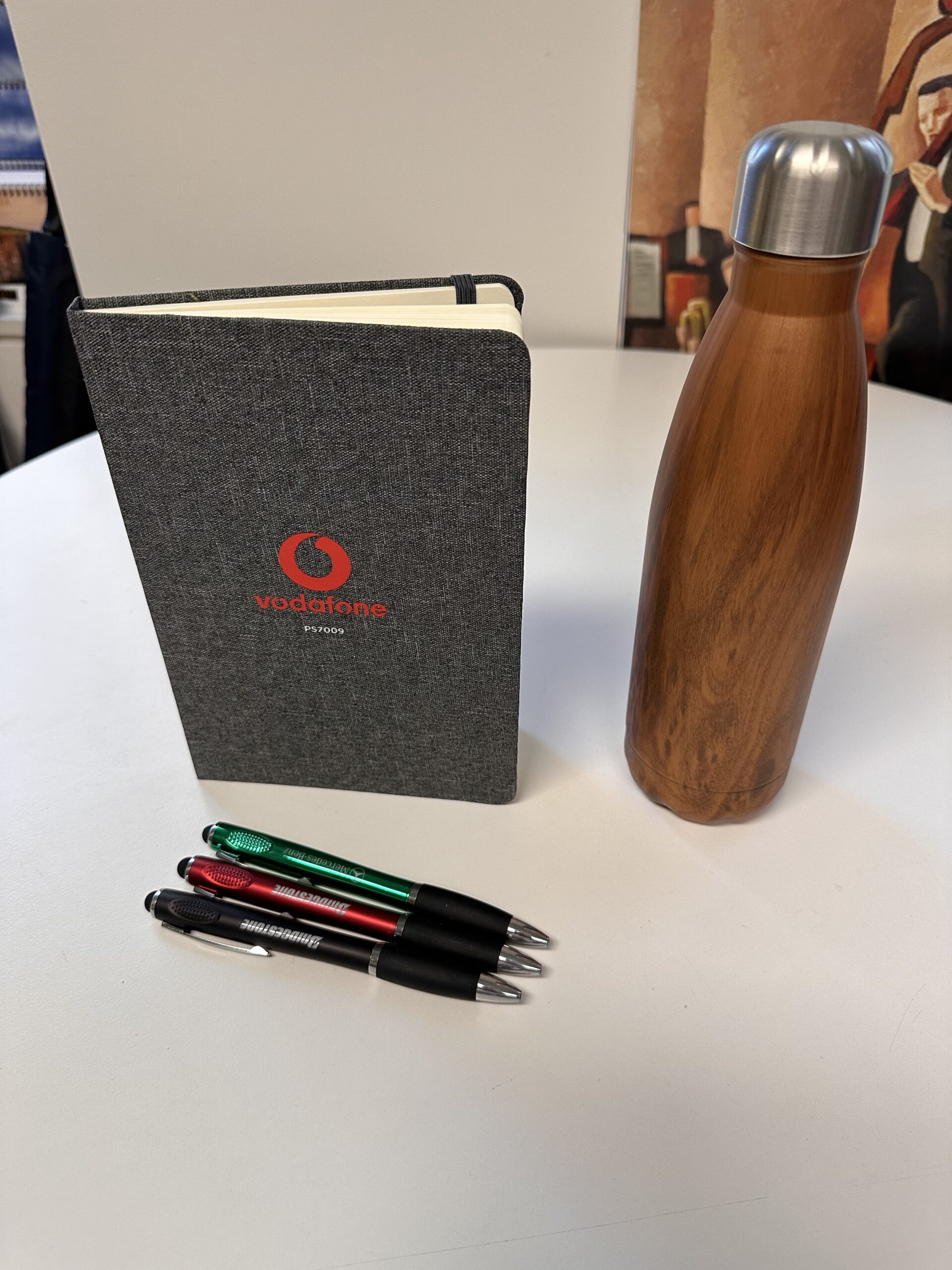




 Sale
Sale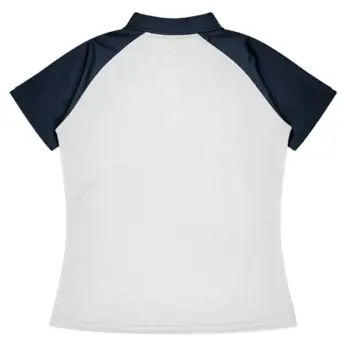
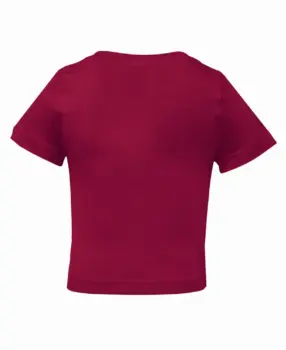
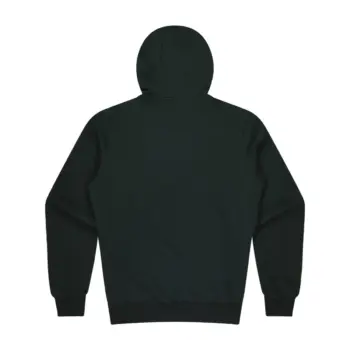
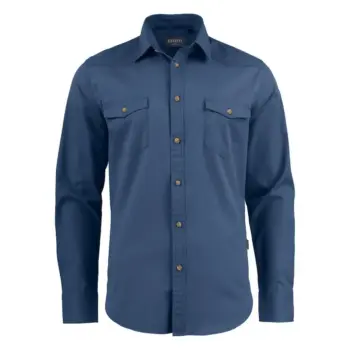
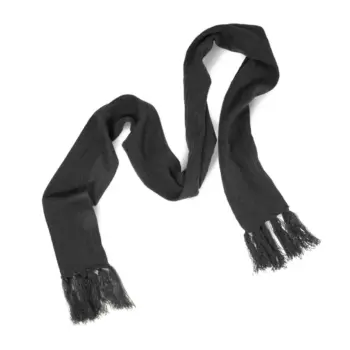
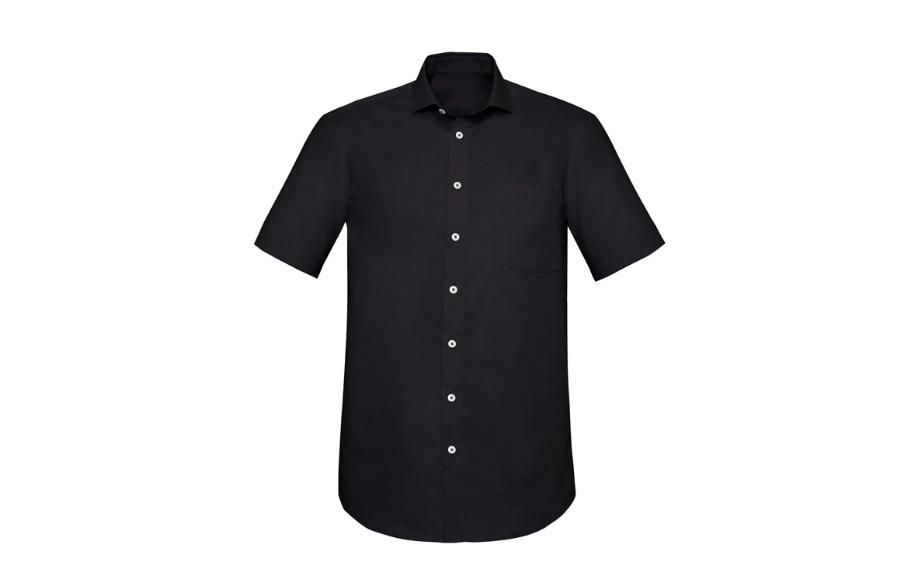 Corporate Uniforms
Corporate Uniforms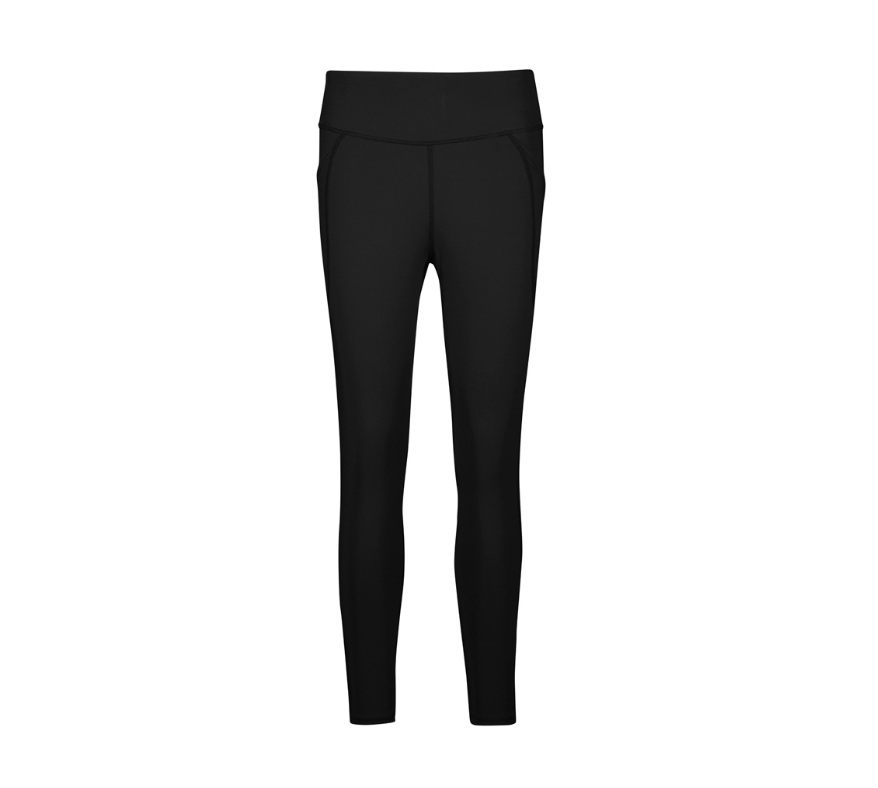 Eco Apparel
Eco Apparel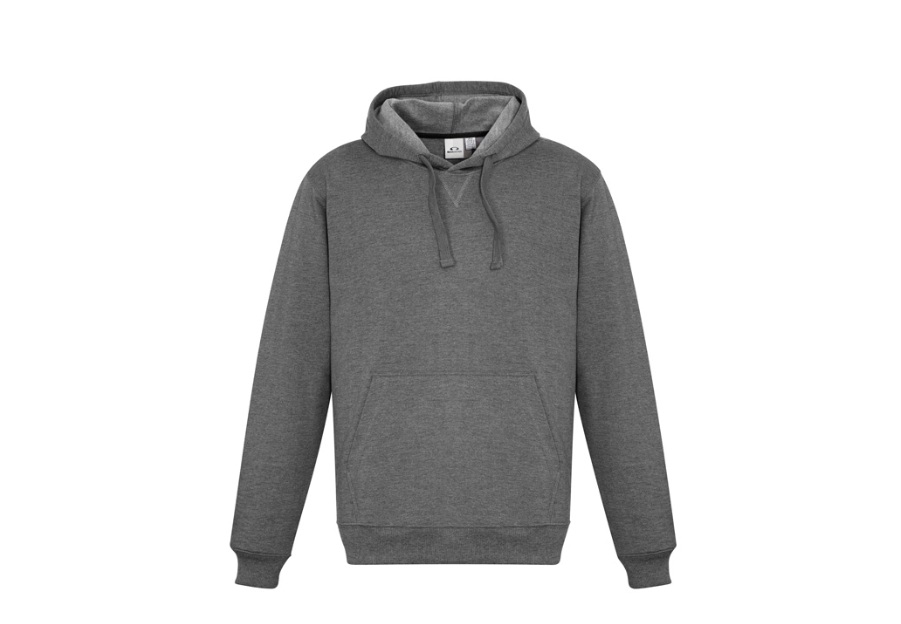 Hoodies & Sweaters
Hoodies & Sweaters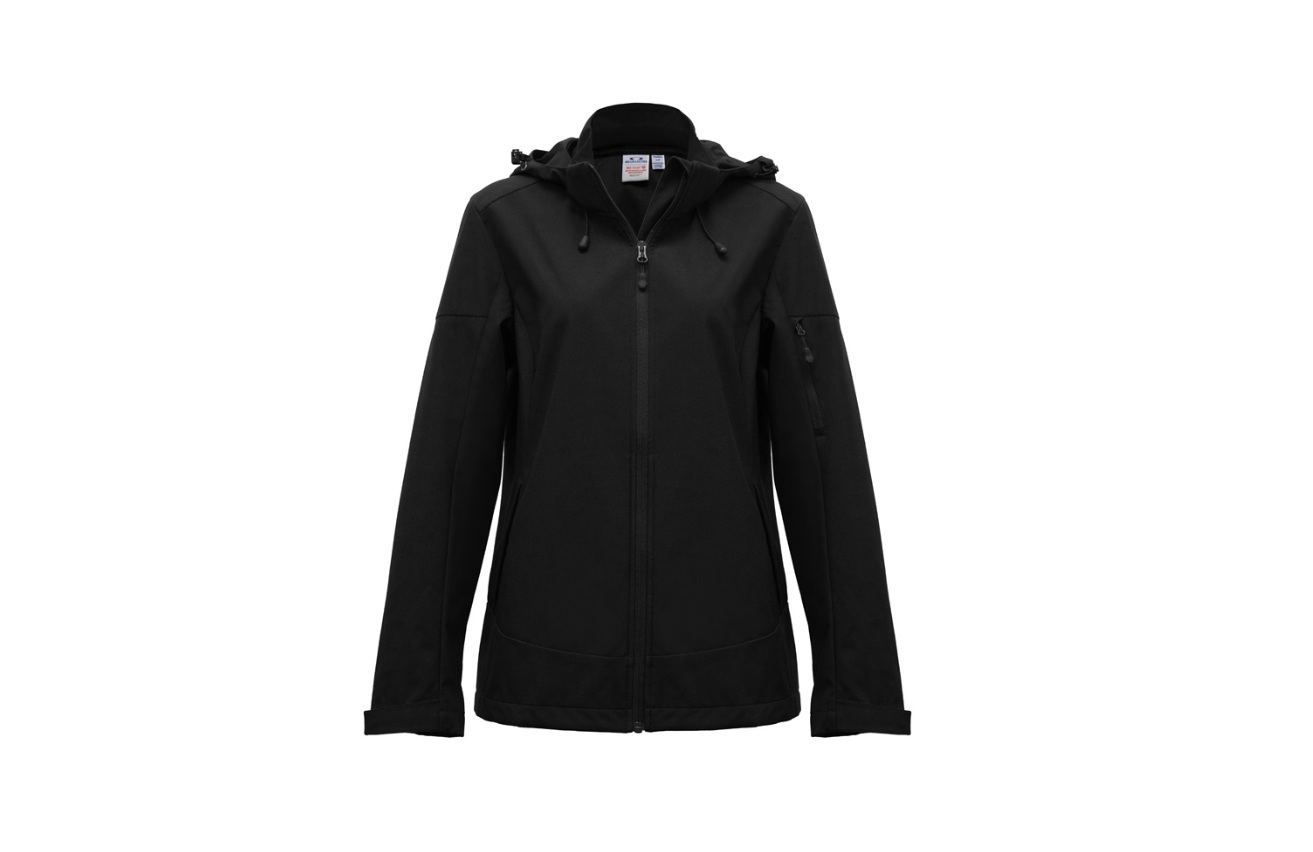 Jackets
Jackets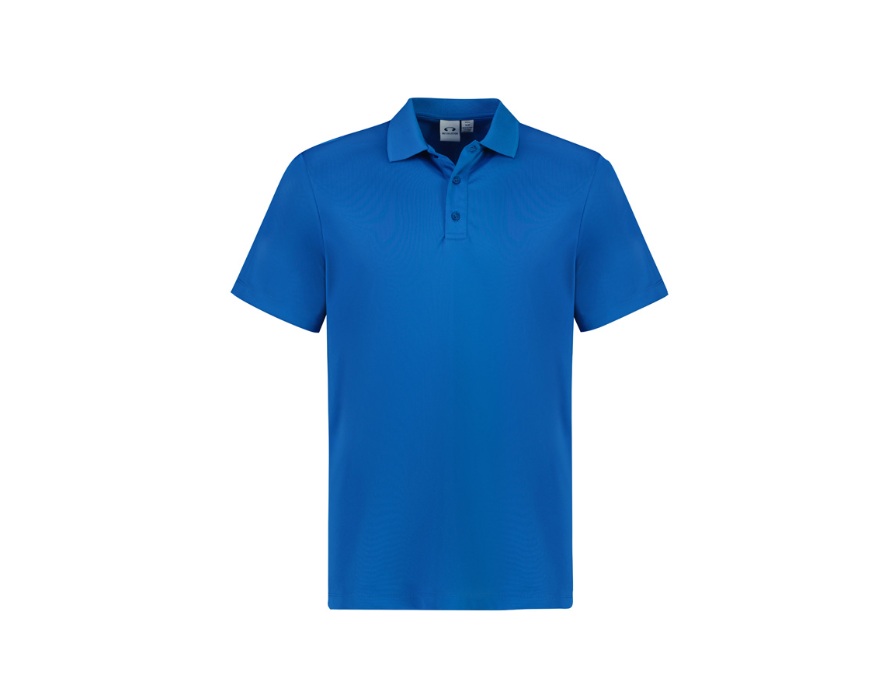 Kids' Clothes
Kids' Clothes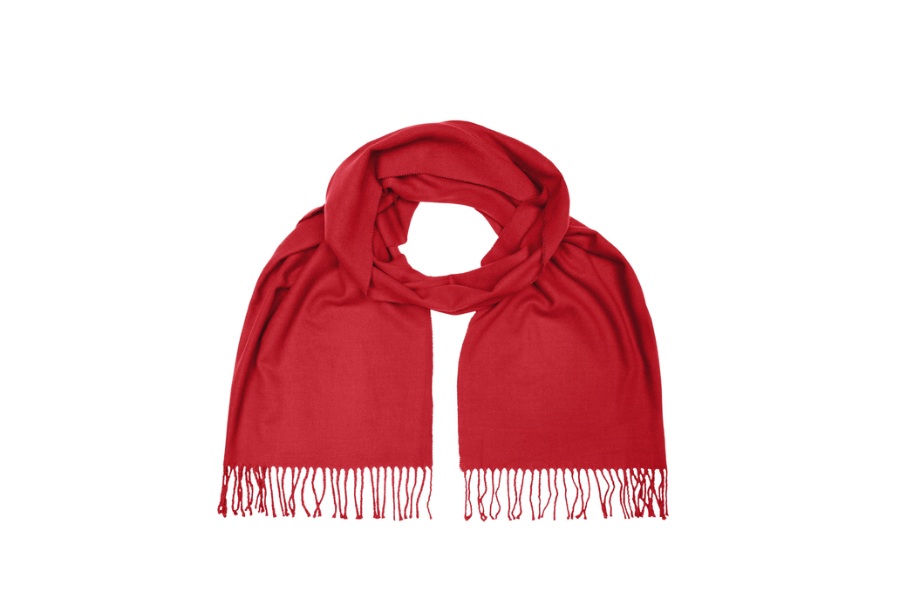 Other Apparel
Other Apparel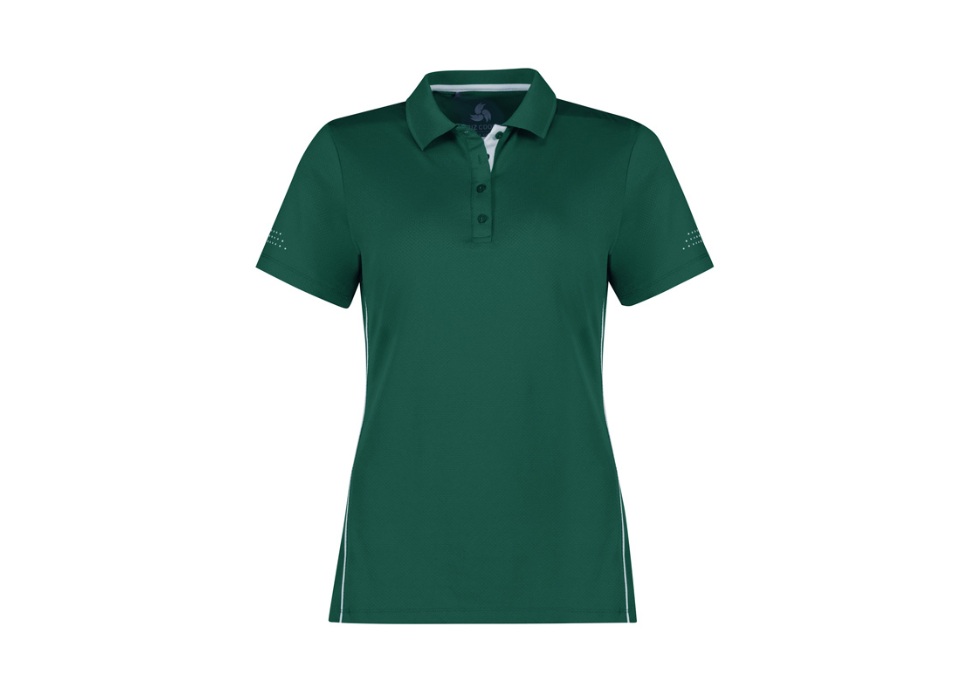 Polo Shirts
Polo Shirts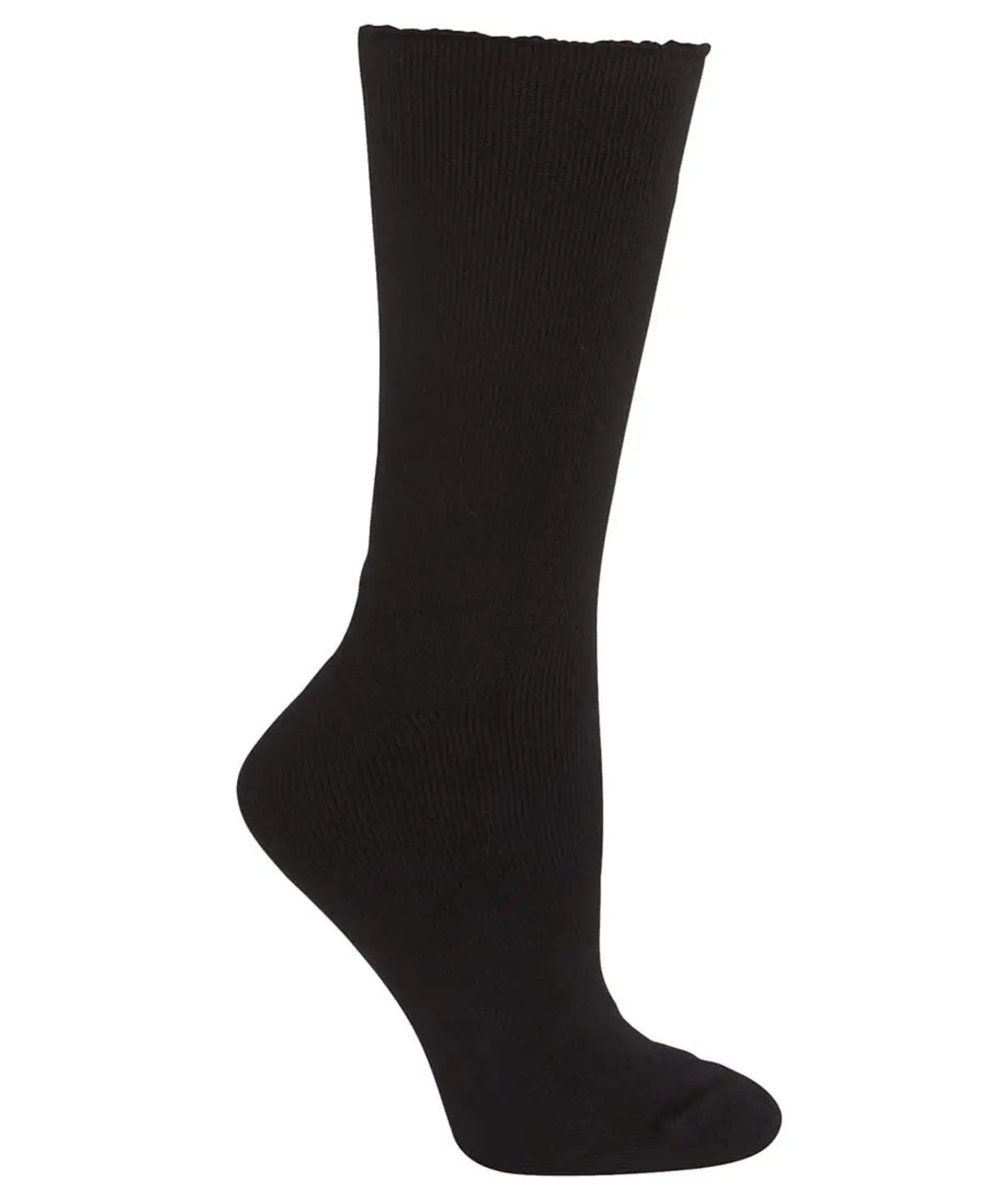 Socks
Socks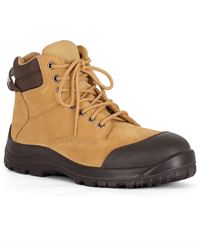 Shoes
Shoes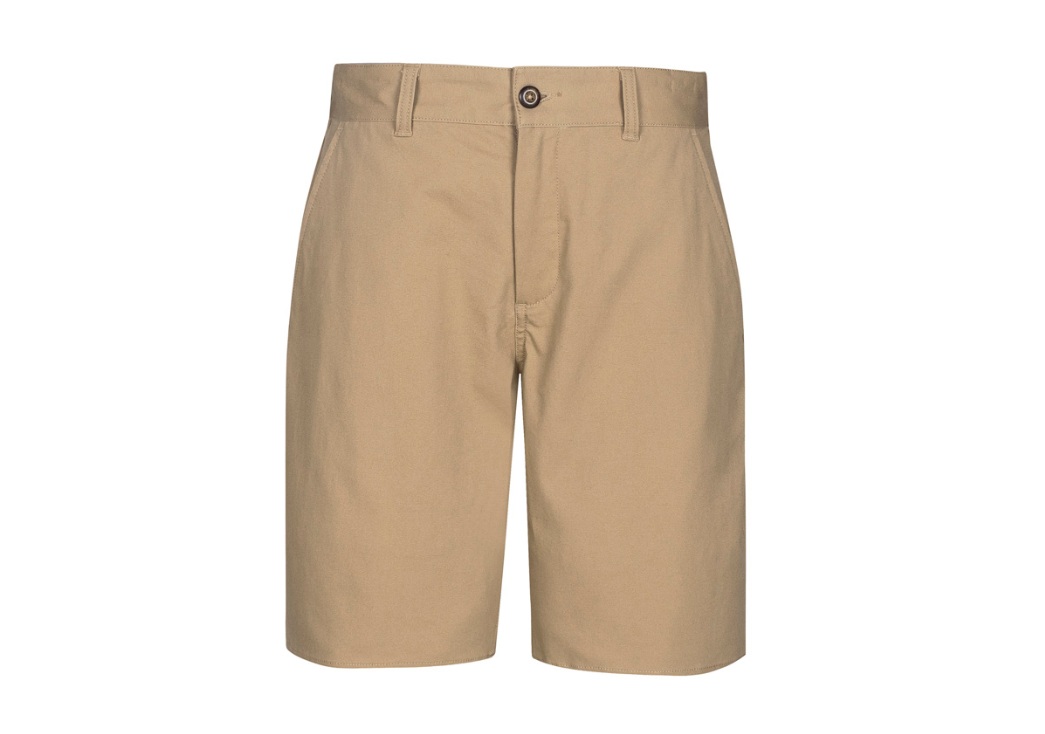 Sports Bottoms
Sports Bottoms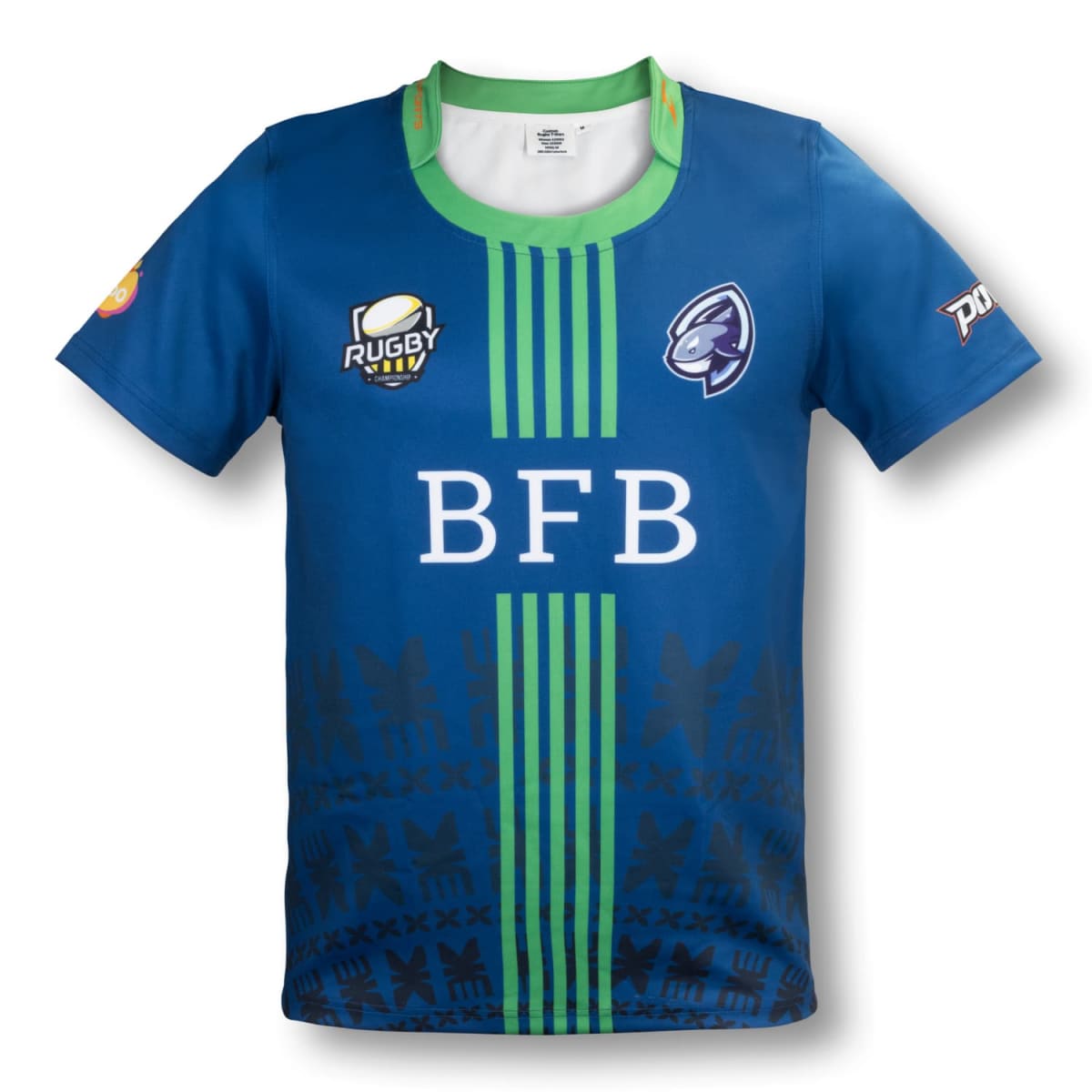 Sports Uniforms
Sports Uniforms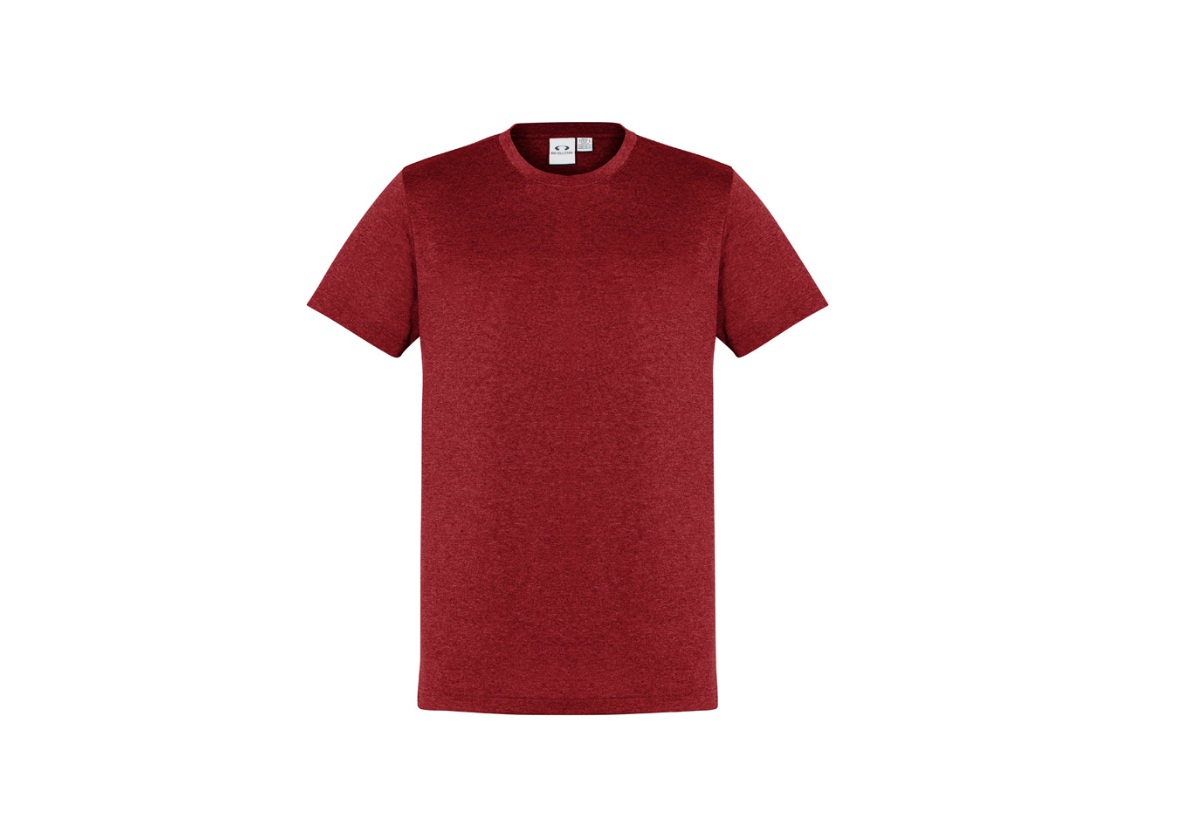 Tee Shirts
Tee Shirts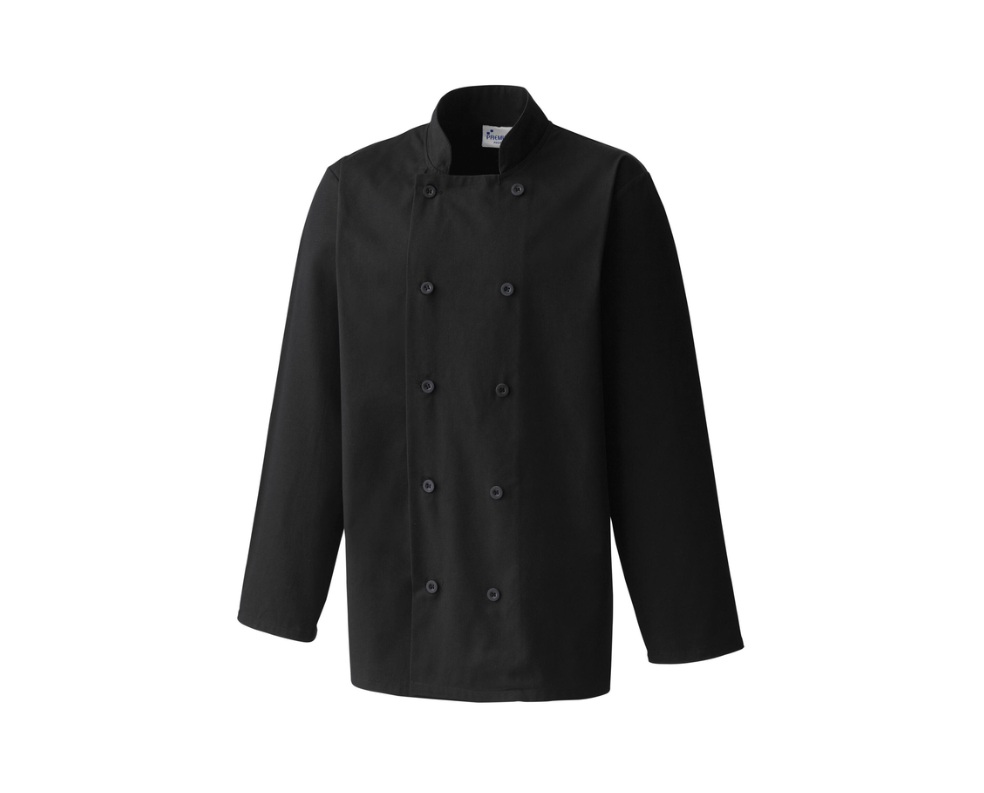 Workwear
Workwear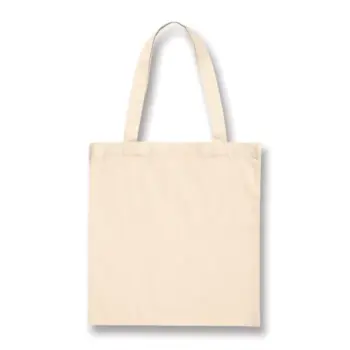
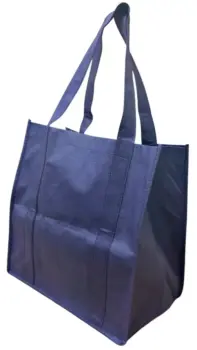
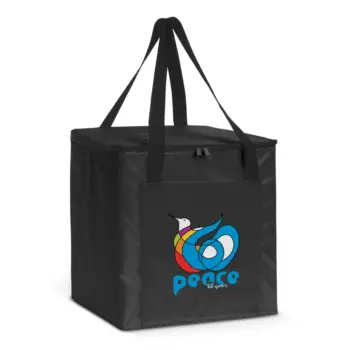
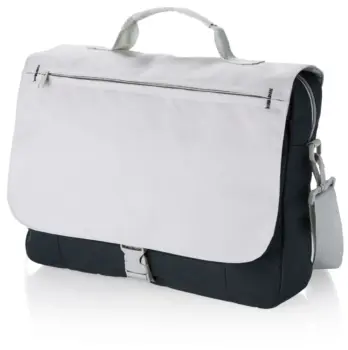
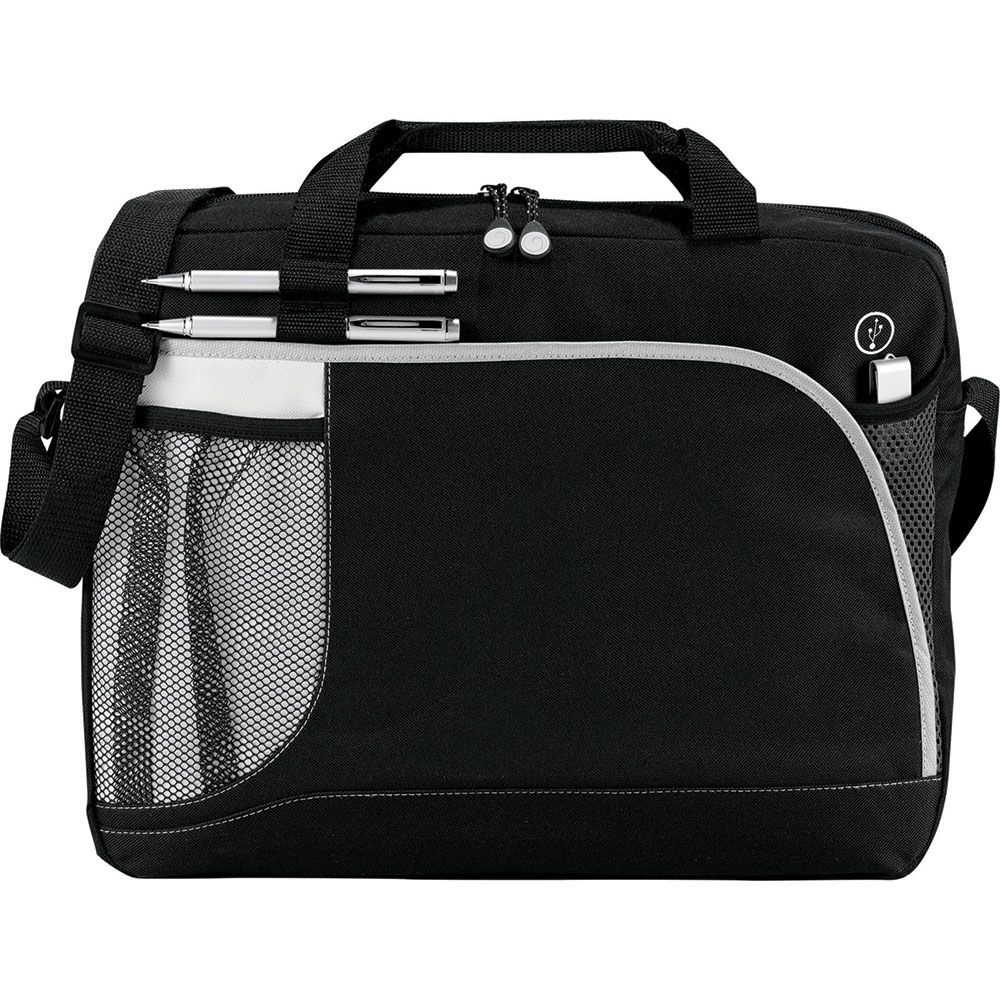 Briefcases
Briefcases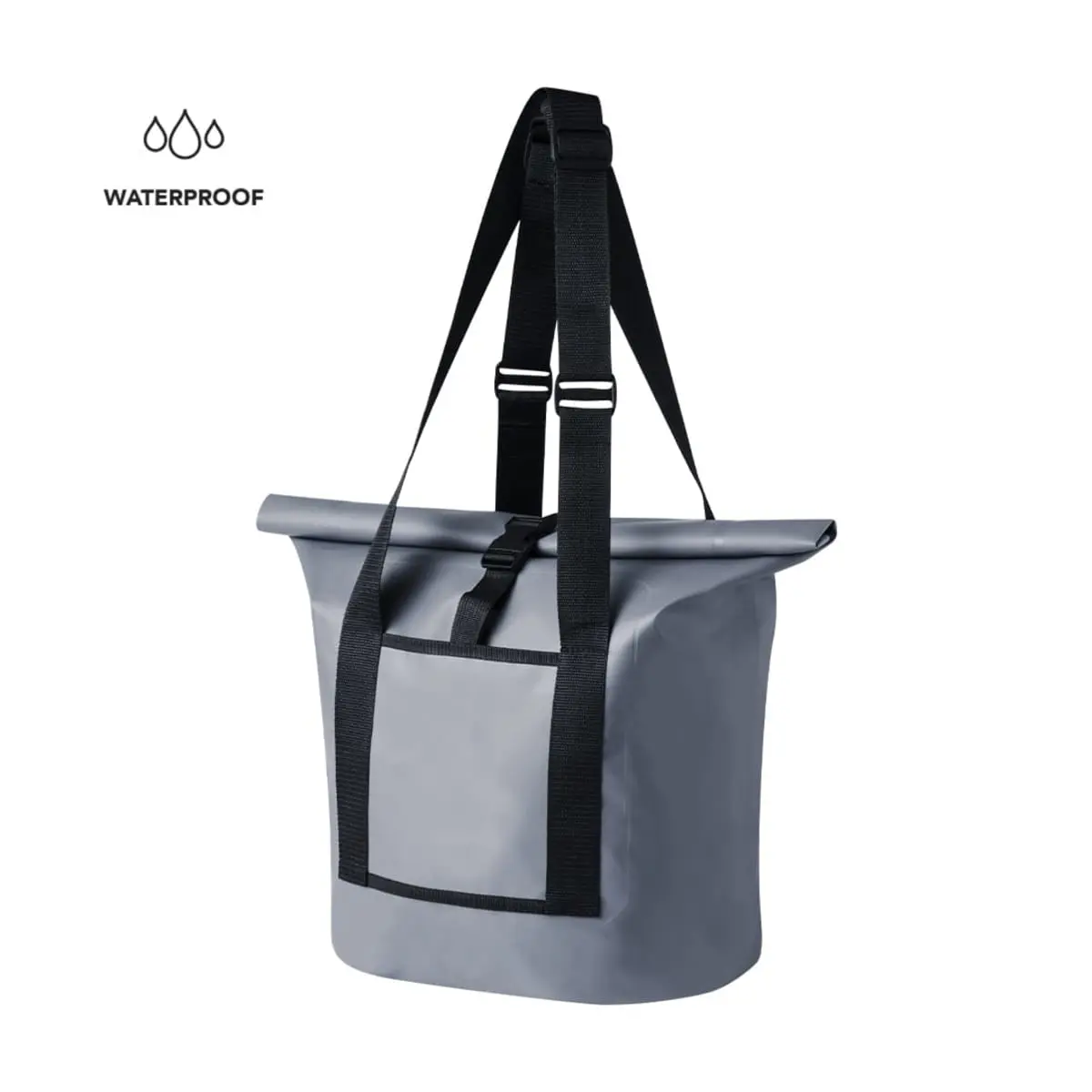 Dry Bags
Dry Bags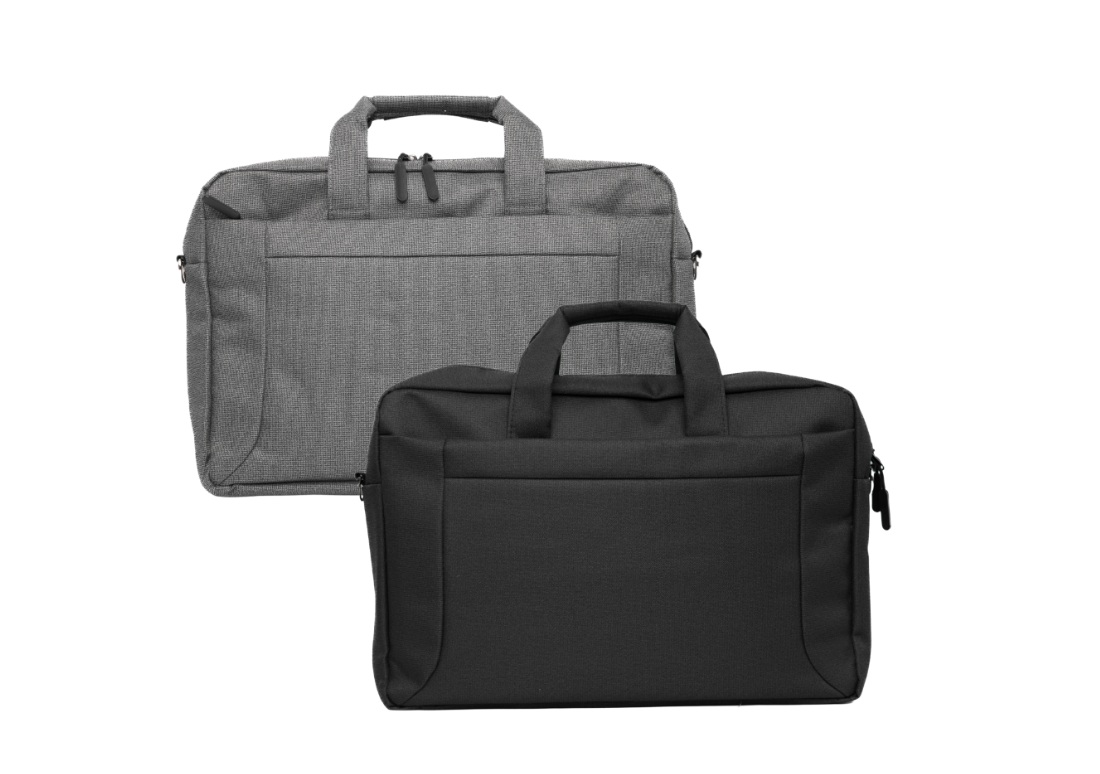 Laptop
Laptop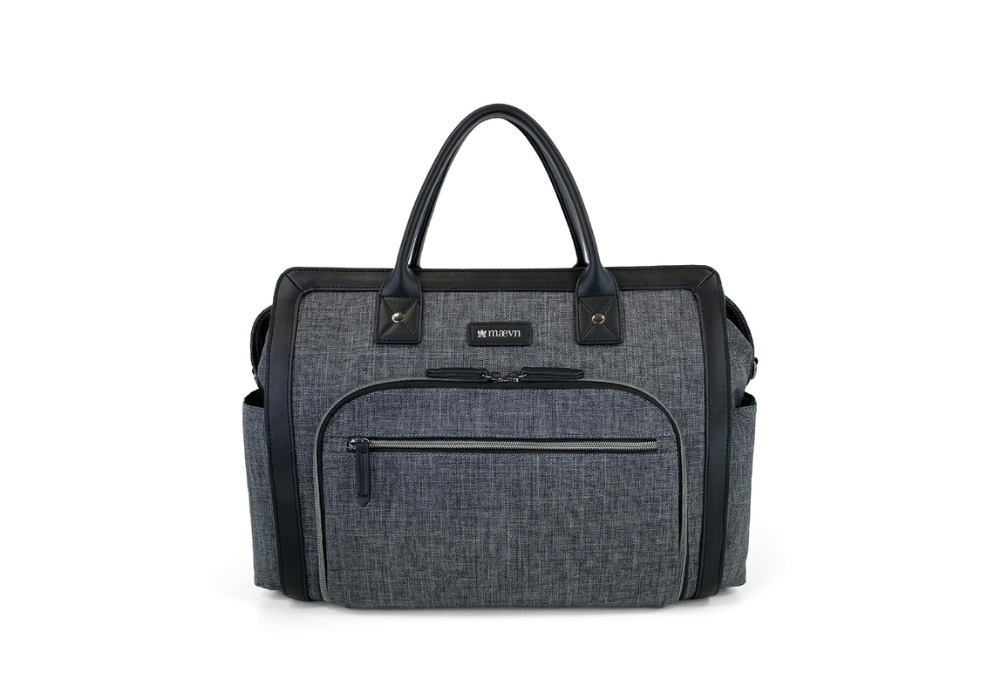 Satchels
Satchels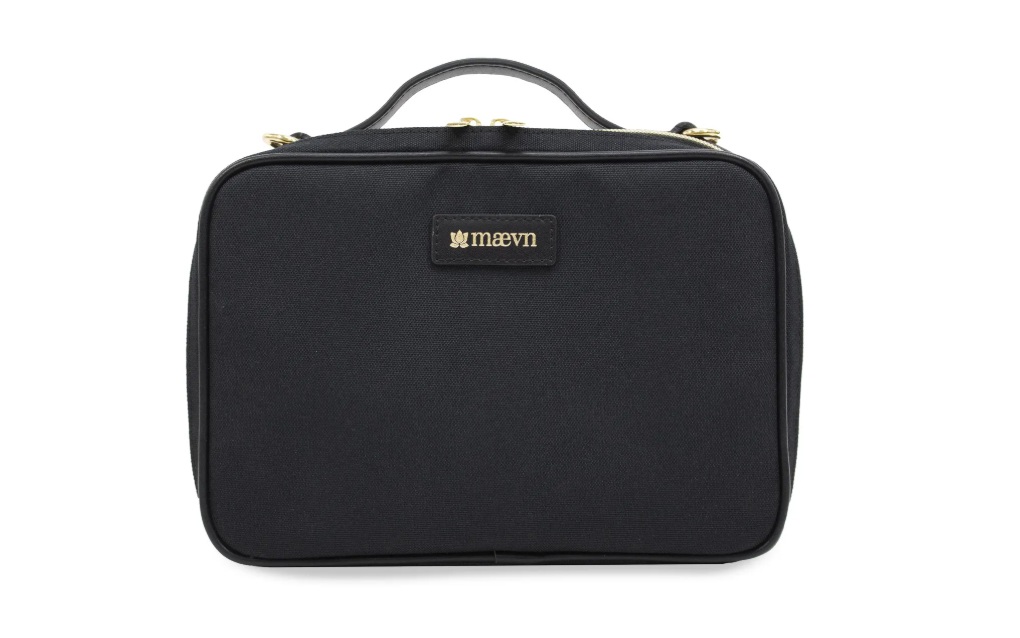 Specialised Bags
Specialised Bags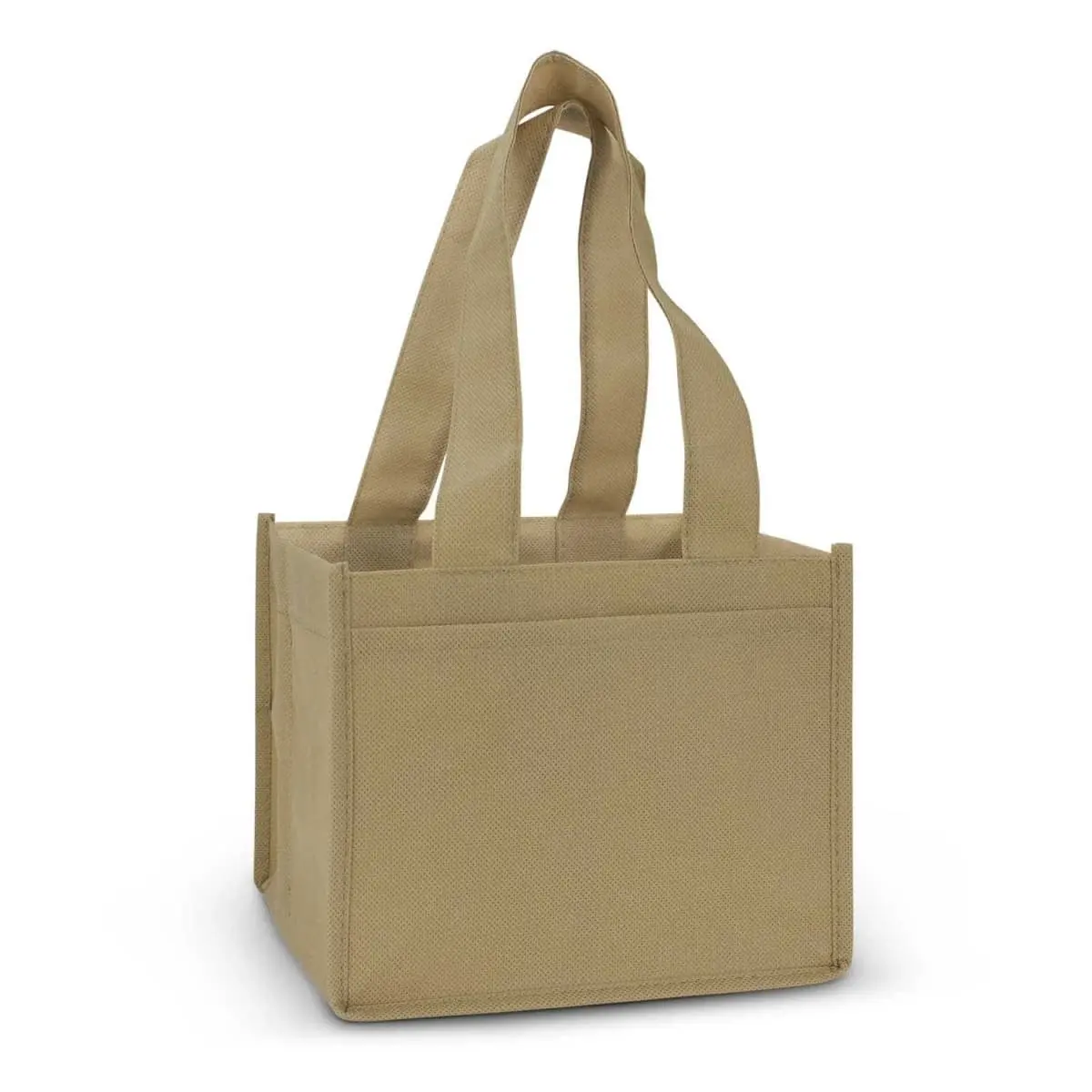 Tote Bags
Tote Bags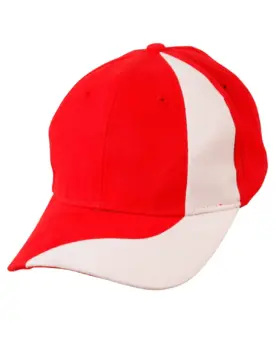
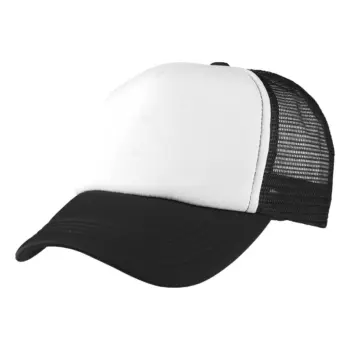
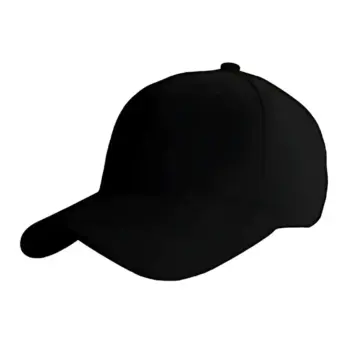
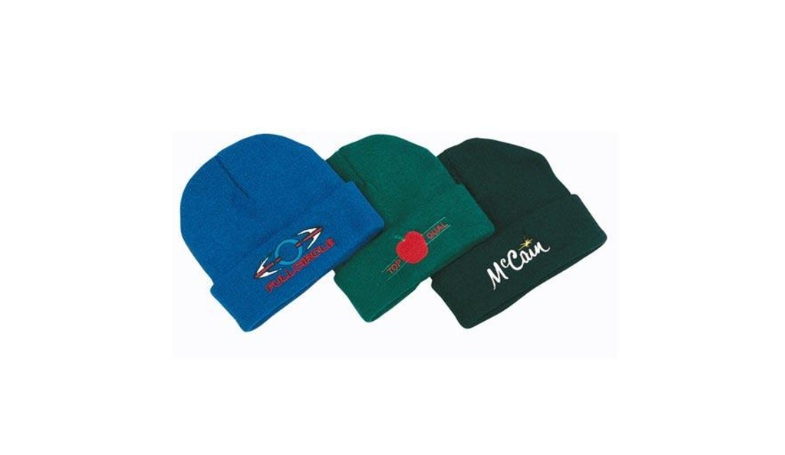 Beanies
Beanies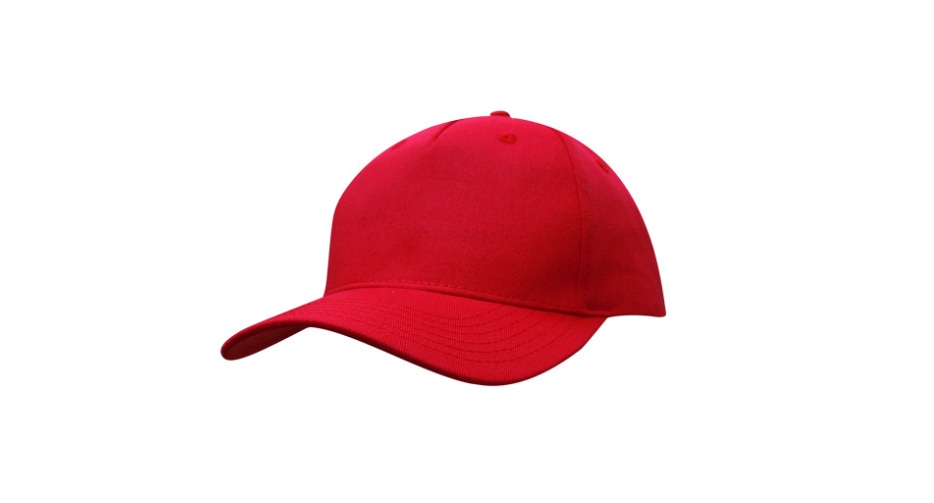 Caps
Caps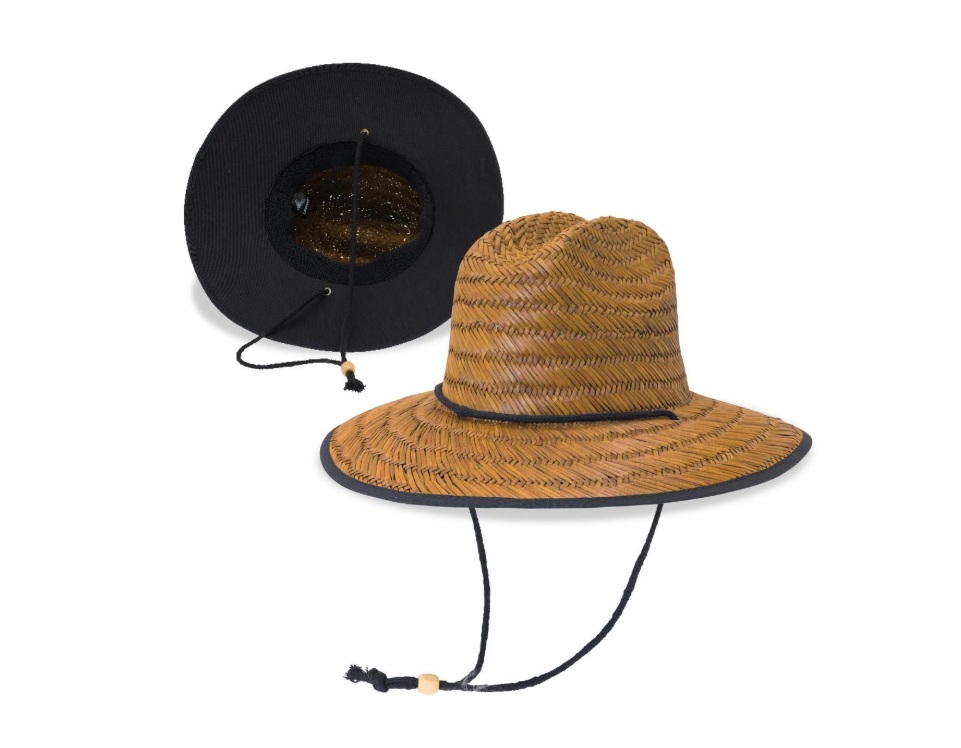 Straw Hats
Straw Hats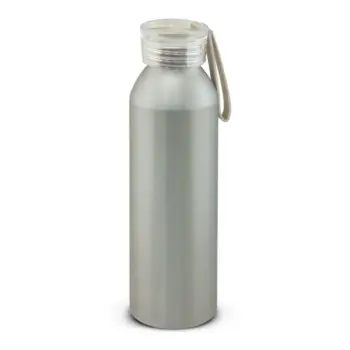
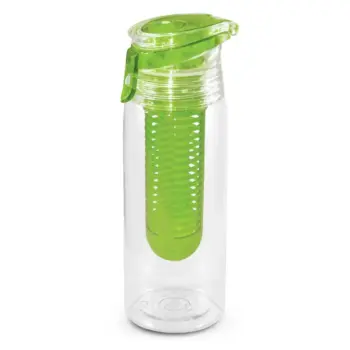
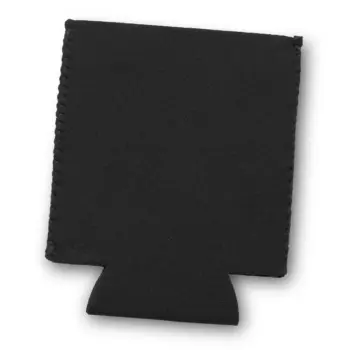
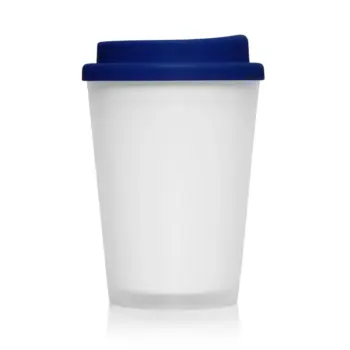
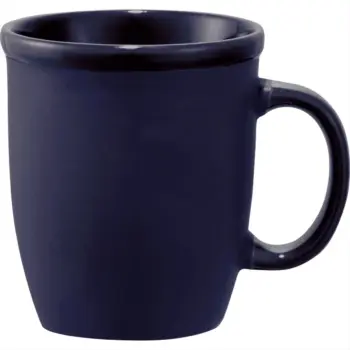
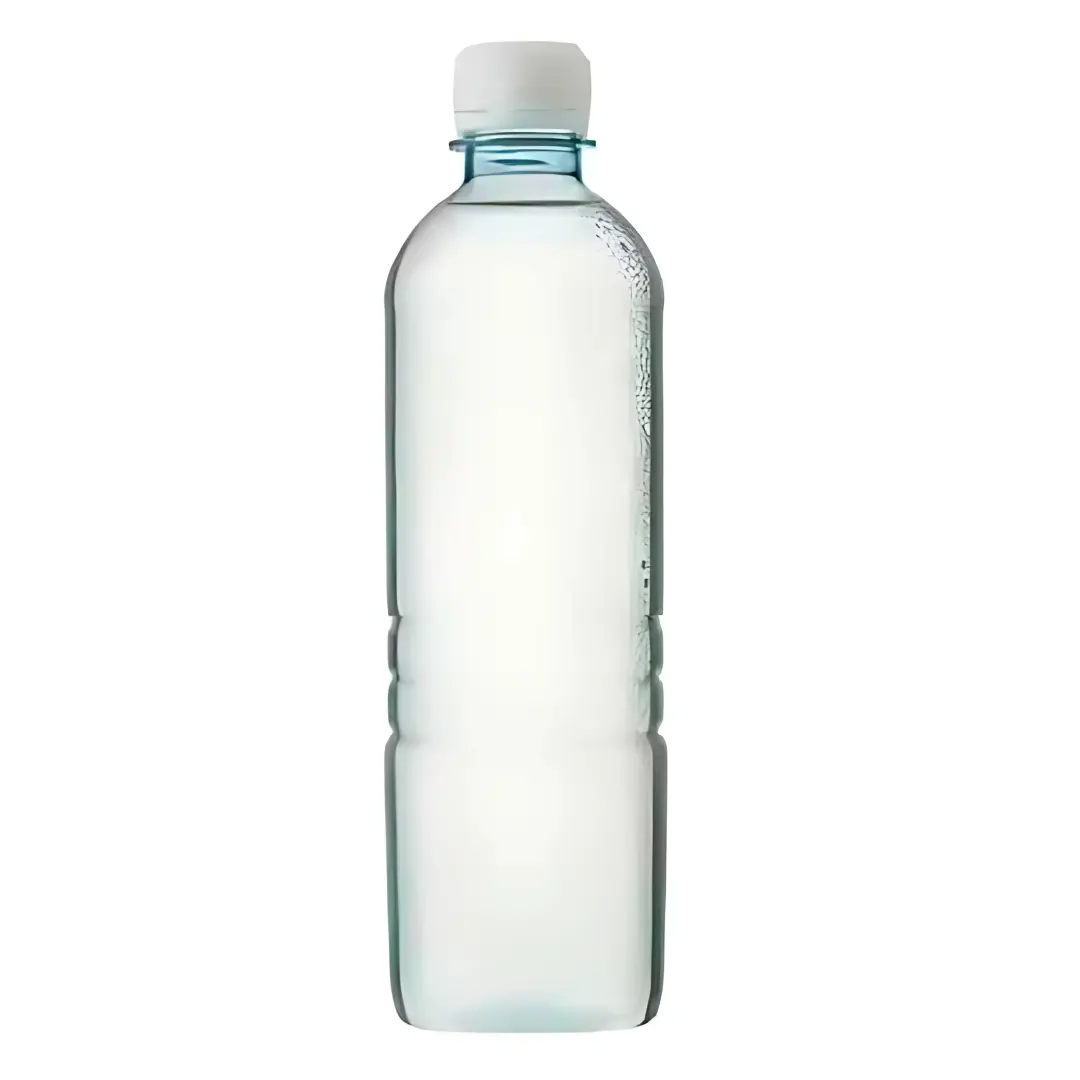 Bottled Water
Bottled Water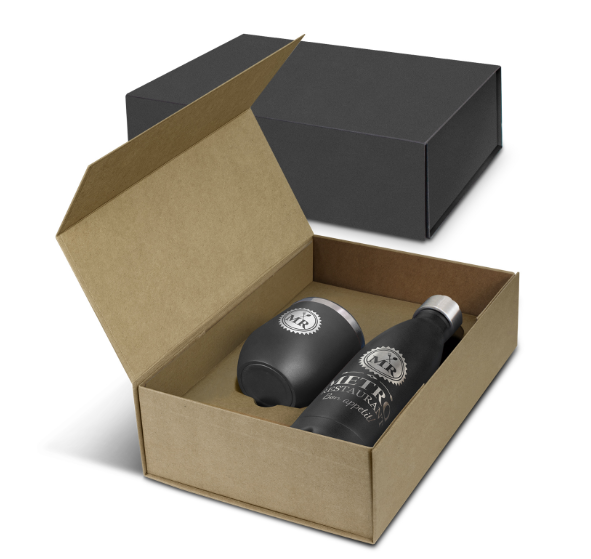 Drinkware Gift Sets
Drinkware Gift Sets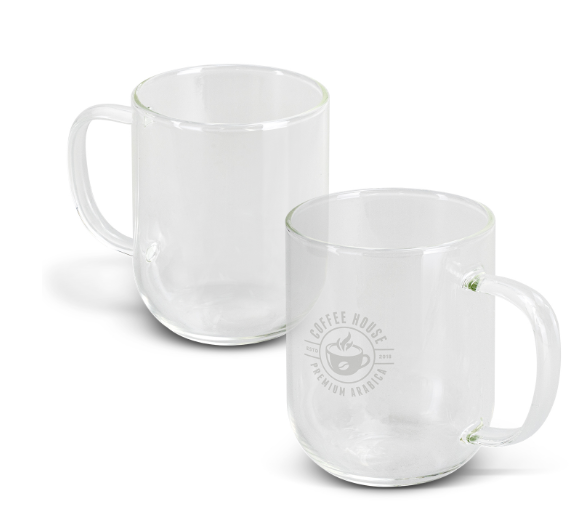 Glass & Poly Cups
Glass & Poly Cups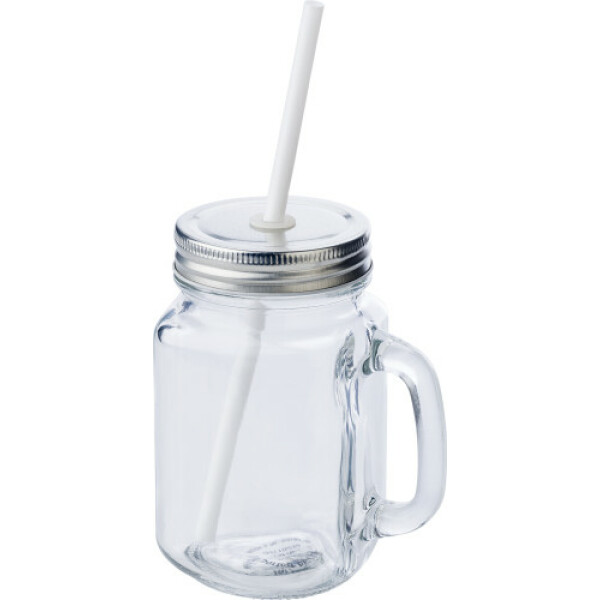 Mason Jars
Mason Jars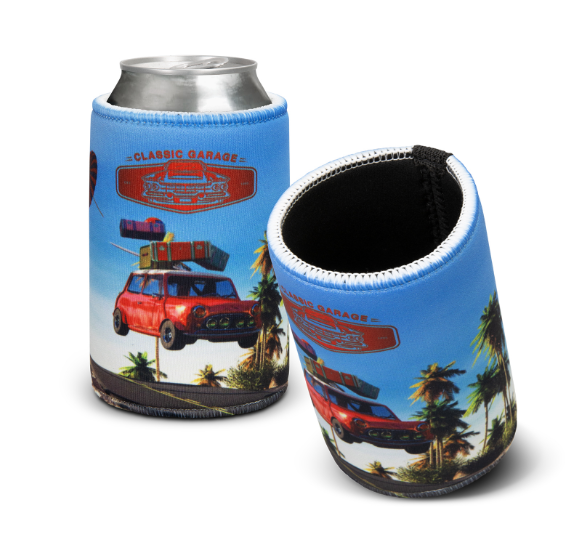 Stubby | Bar & Drinkware
Stubby | Bar & Drinkware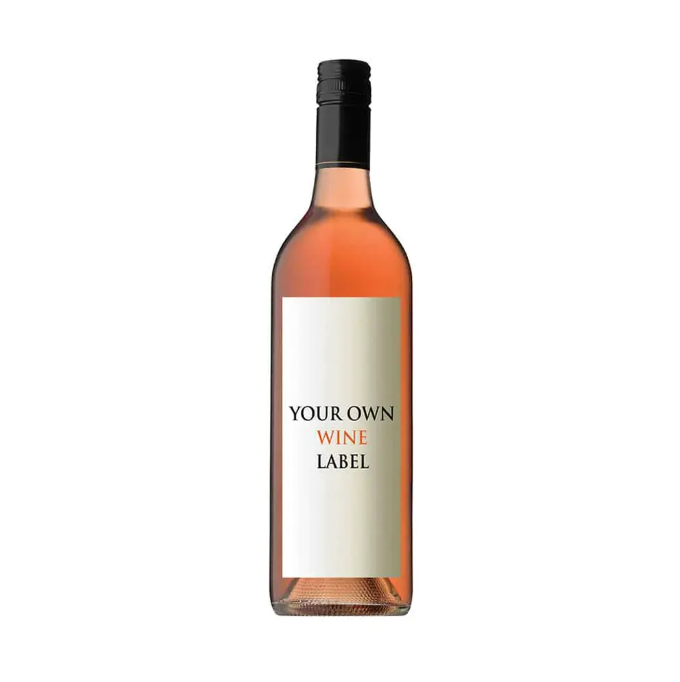 Wines
Wines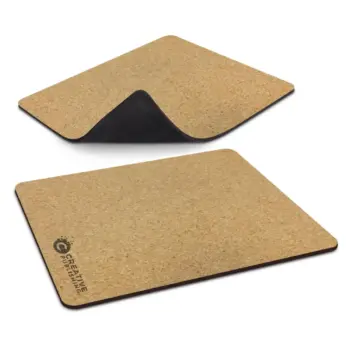


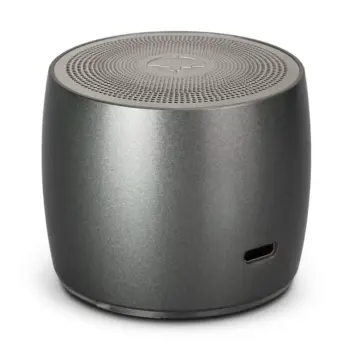
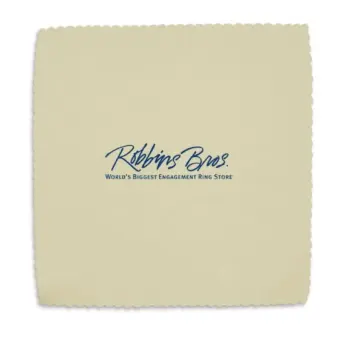
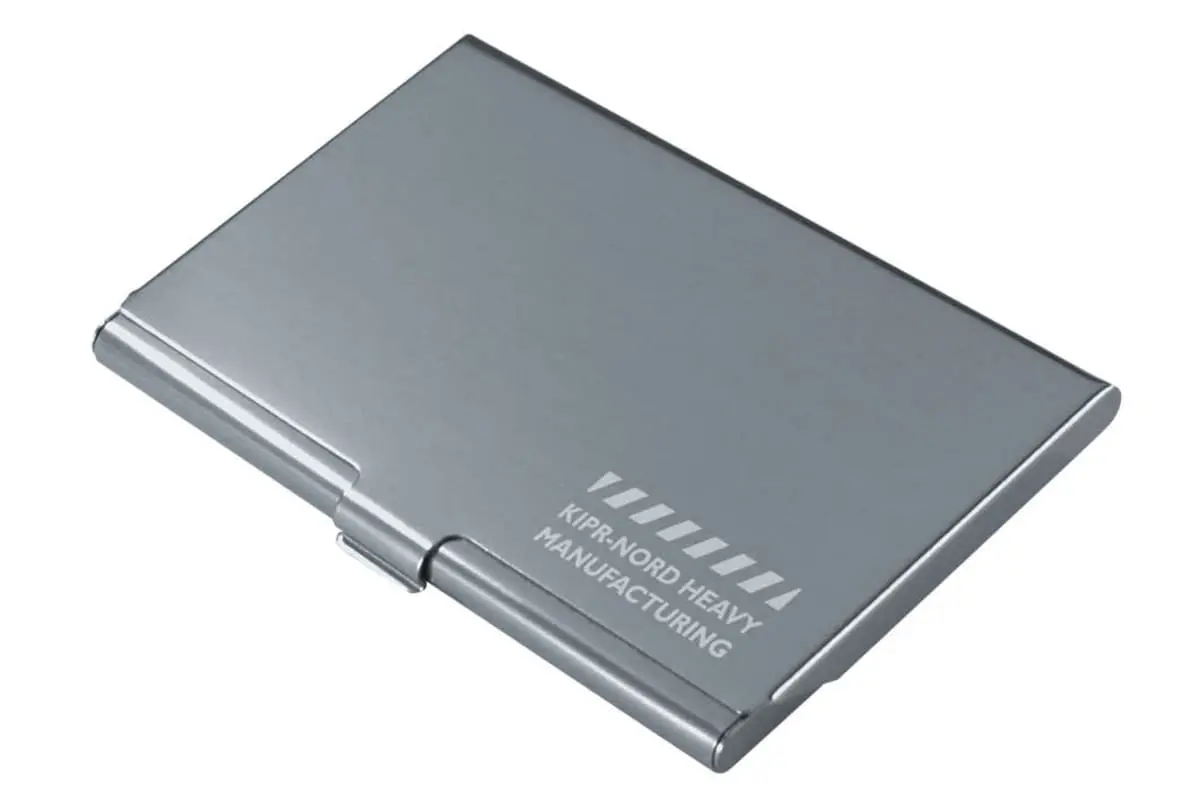 Business Card Holders
Business Card Holders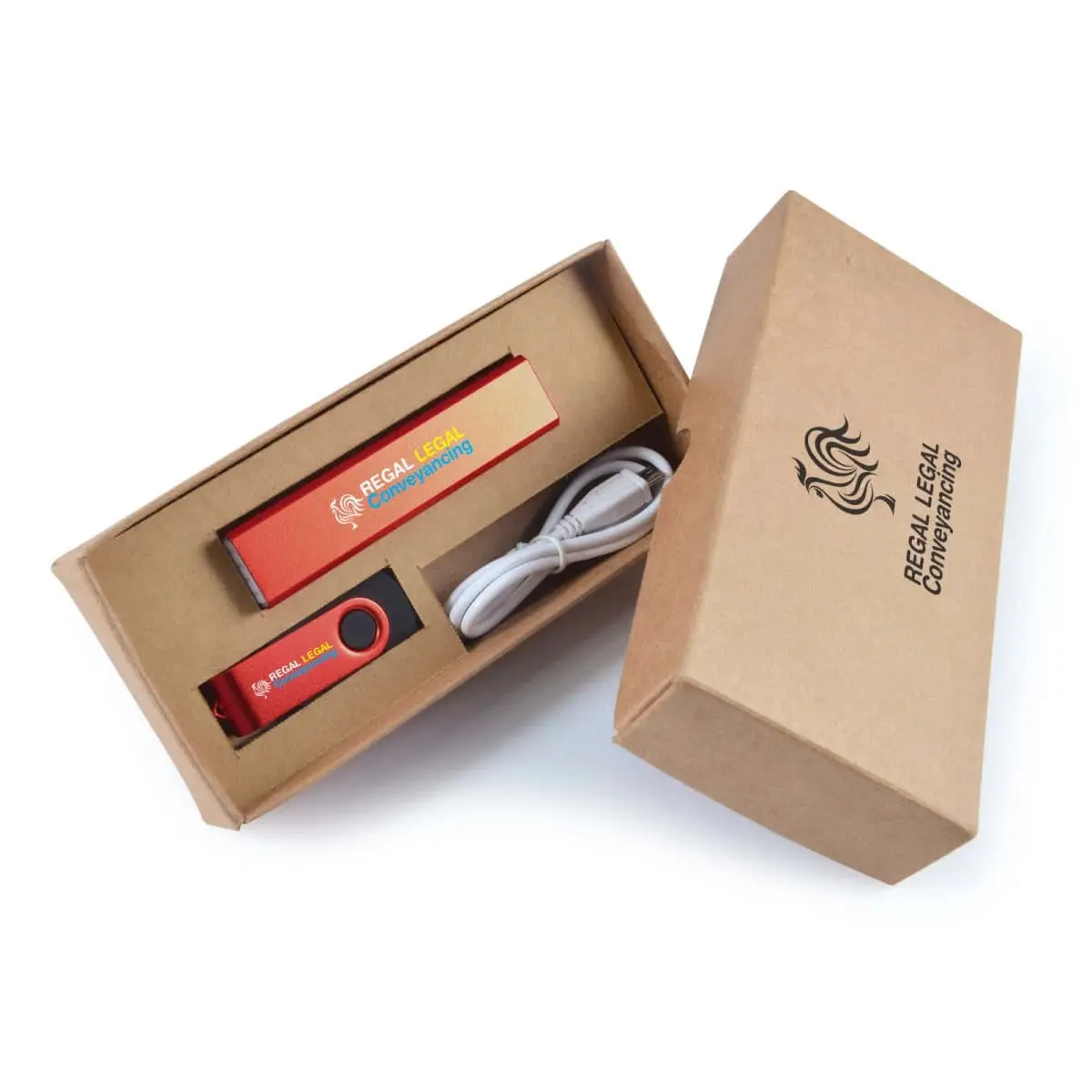 IT Gift Sets
IT Gift Sets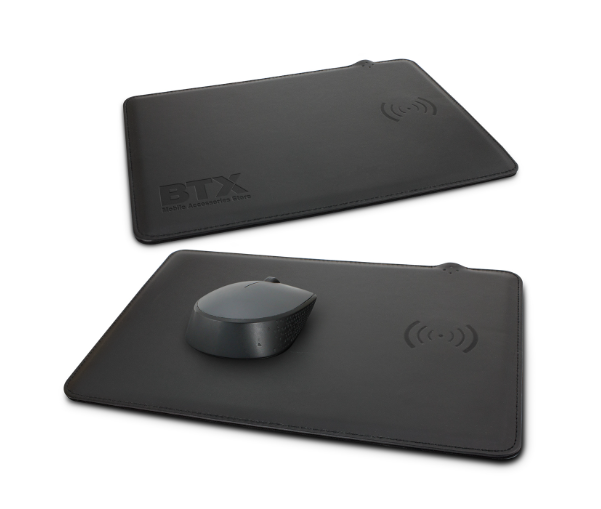 Tech Computers
Tech Computers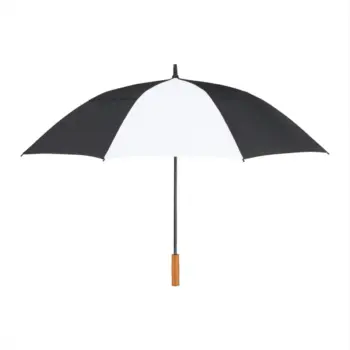
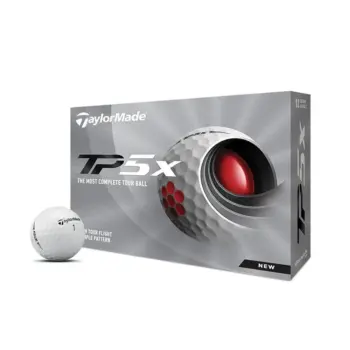
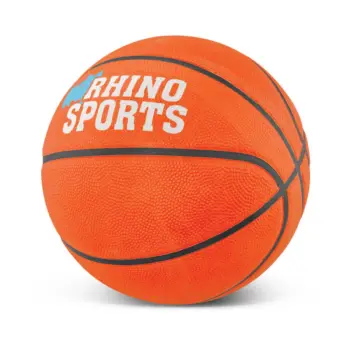
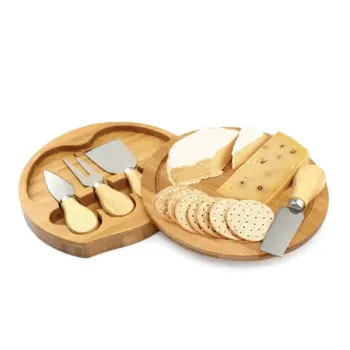
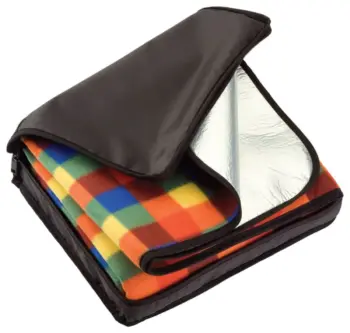
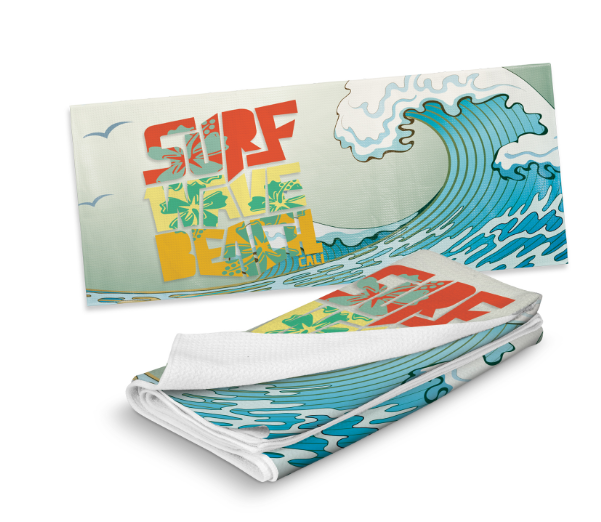 Beach Towels
Beach Towels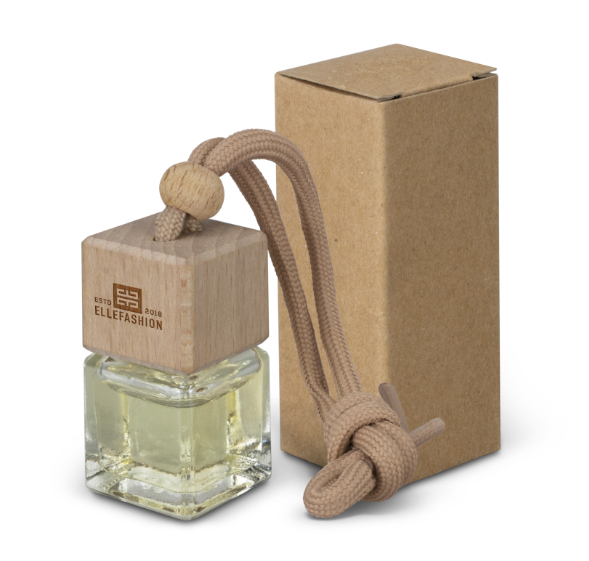 Car Accessories
Car Accessories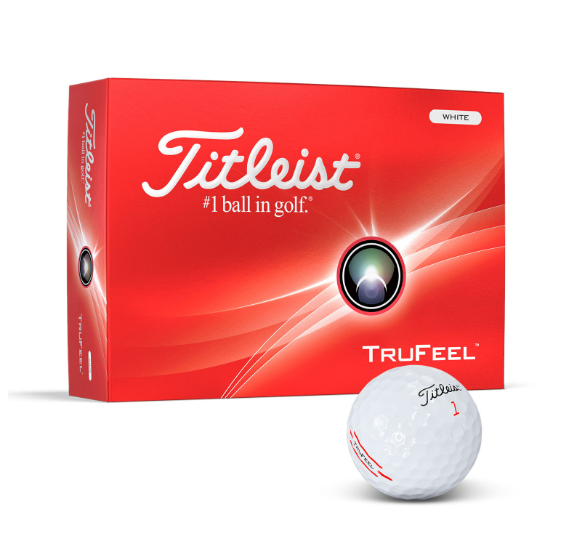 Golf
Golf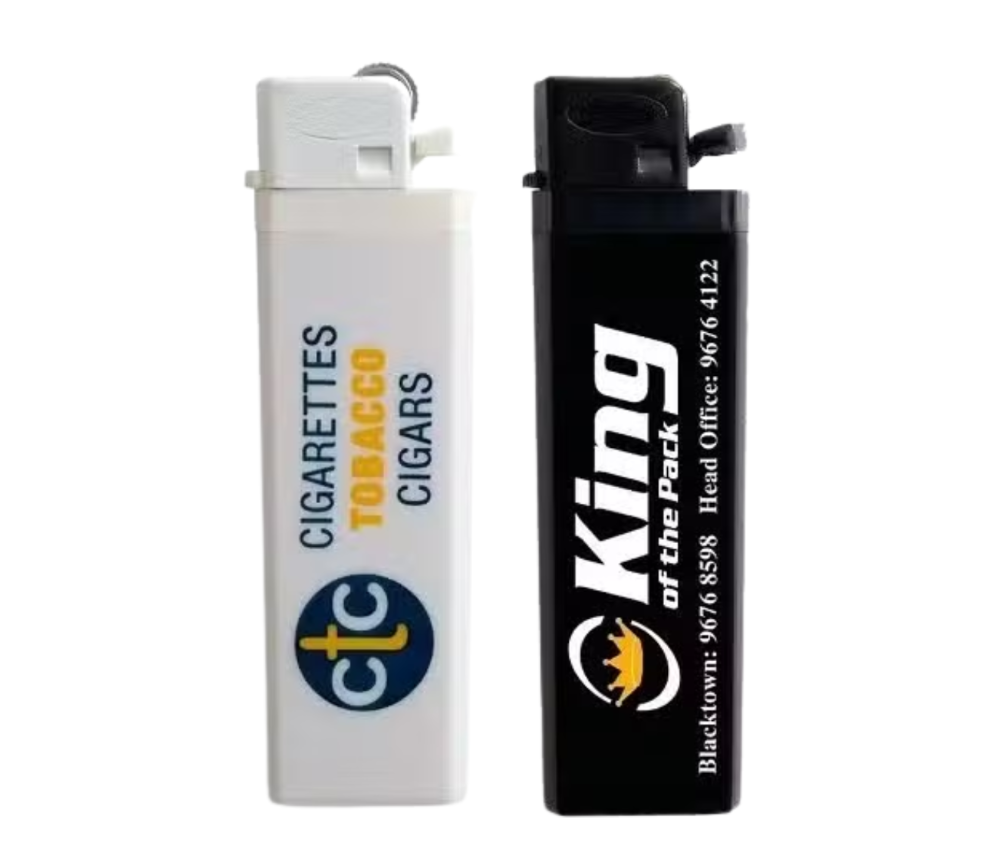 Lighters
Lighters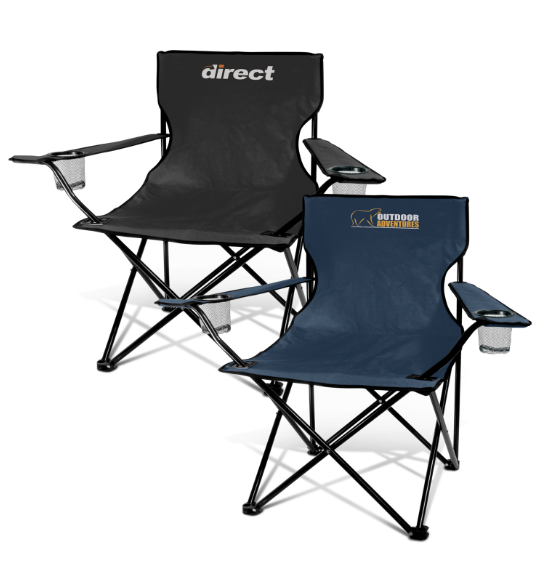 Picnic Gear
Picnic Gear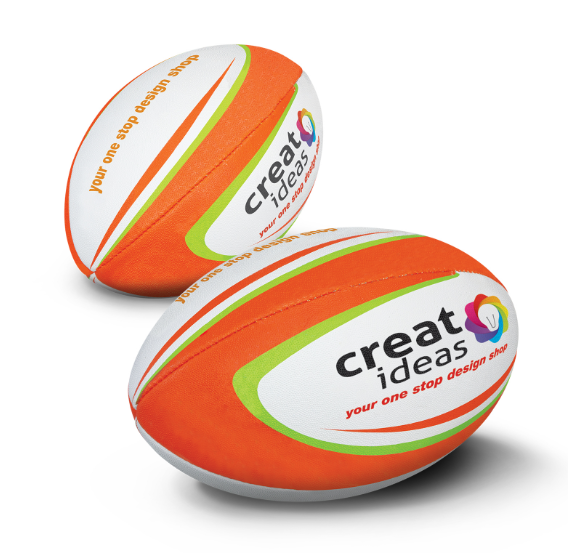 Sports Items
Sports Items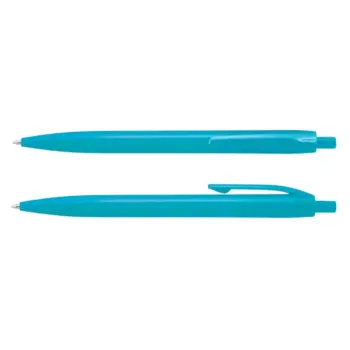
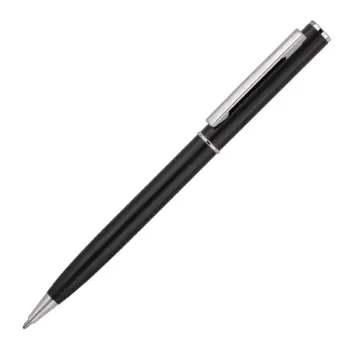
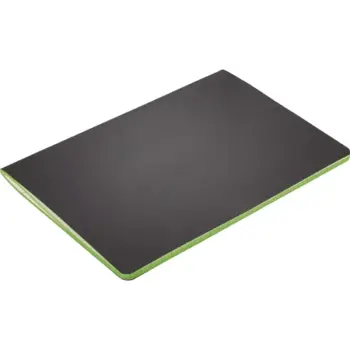
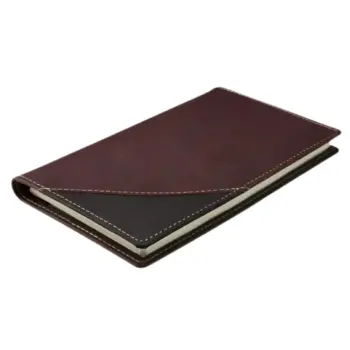
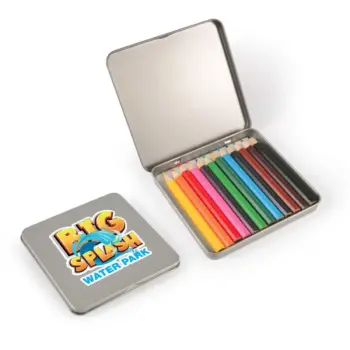
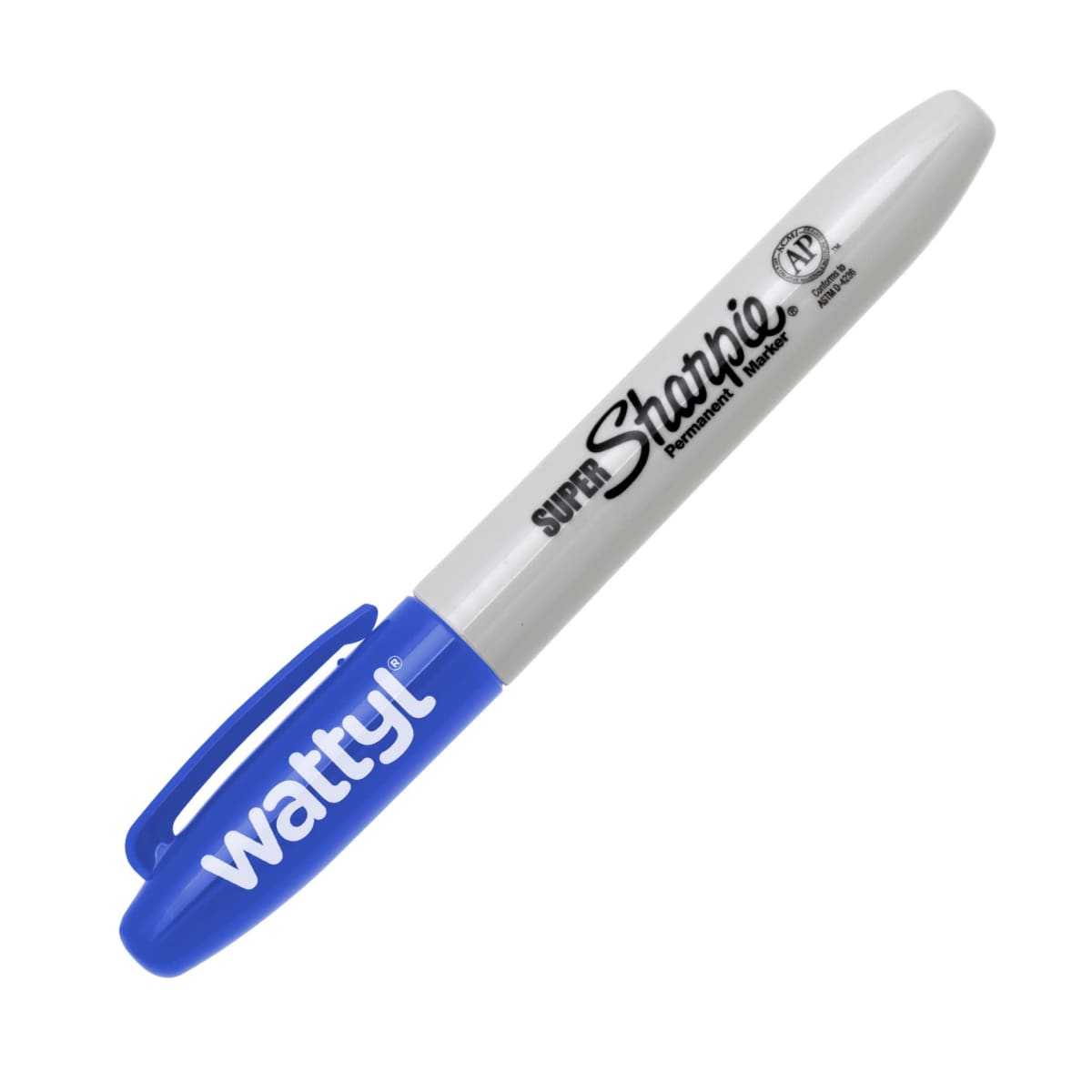 Markers
Markers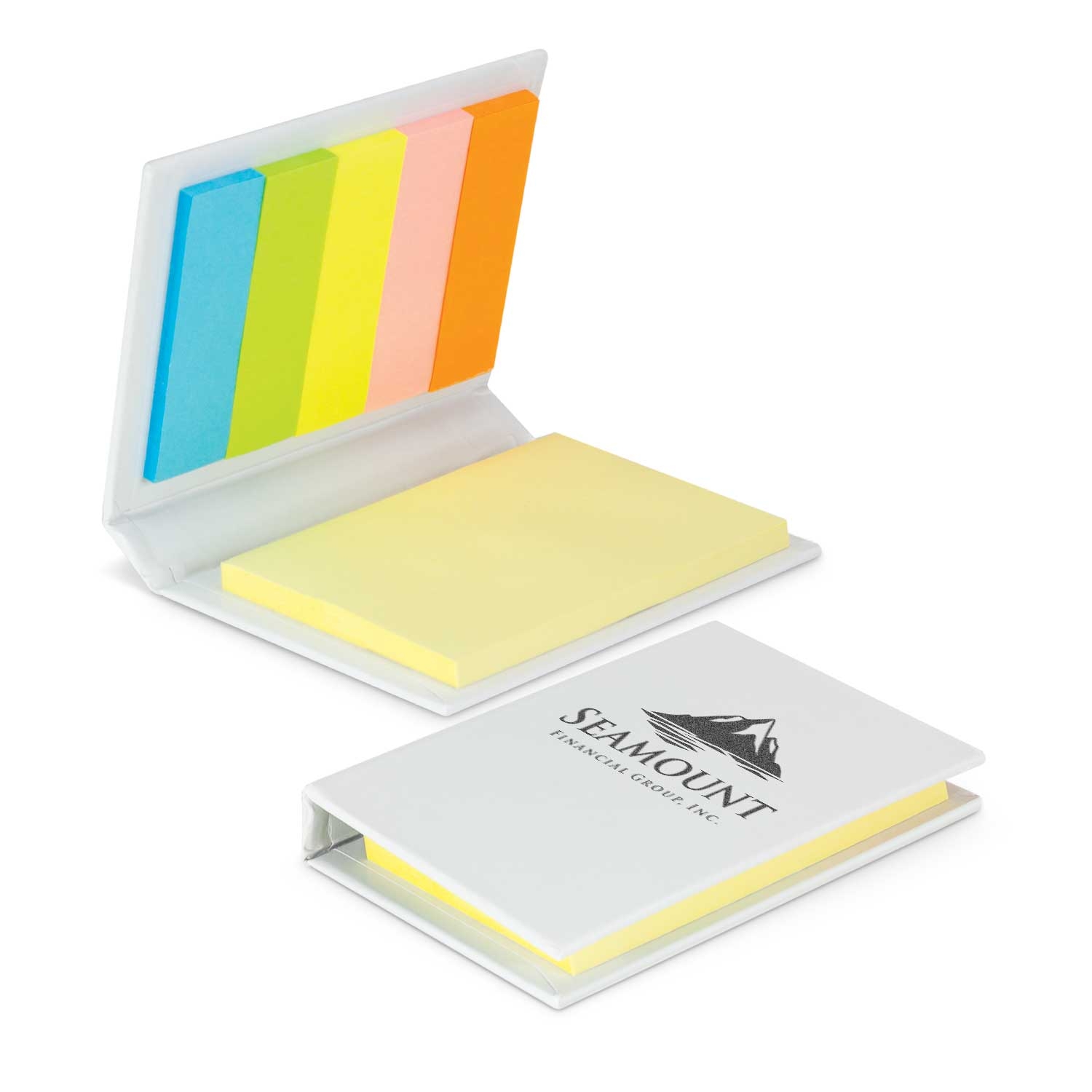 Post-It & Sticky Notes
Post-It & Sticky Notes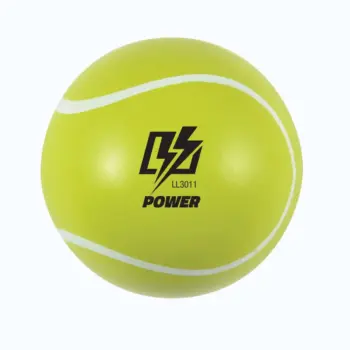
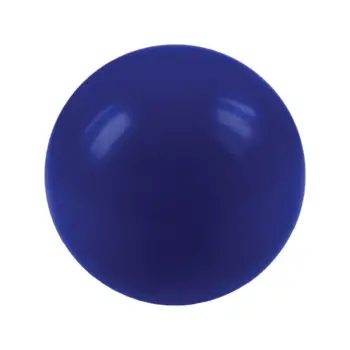

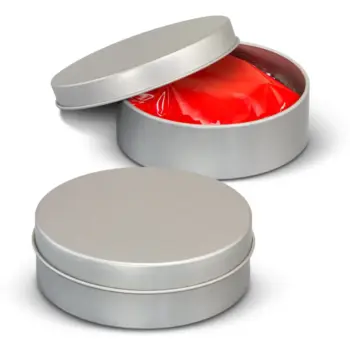
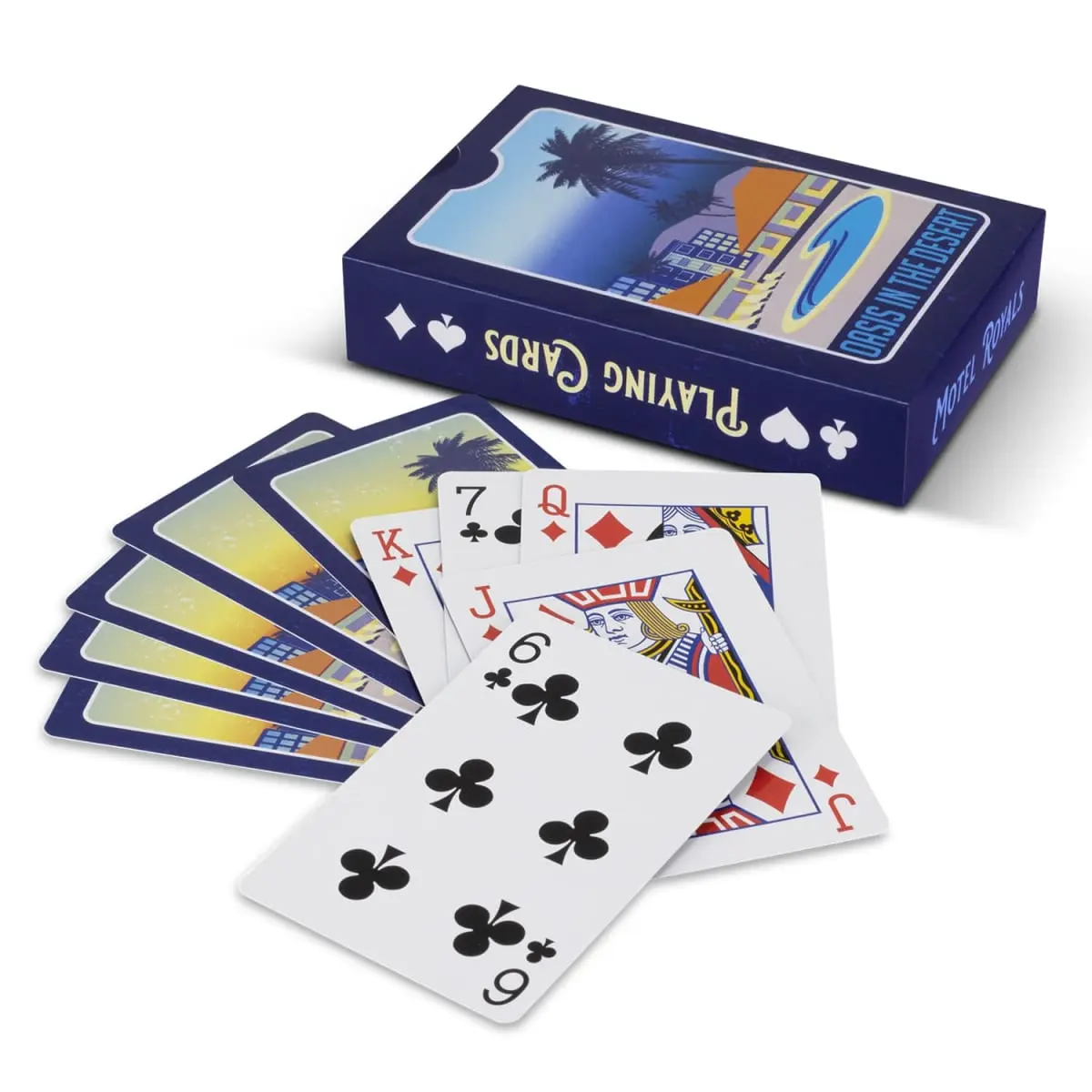 Card Decks
Card Decks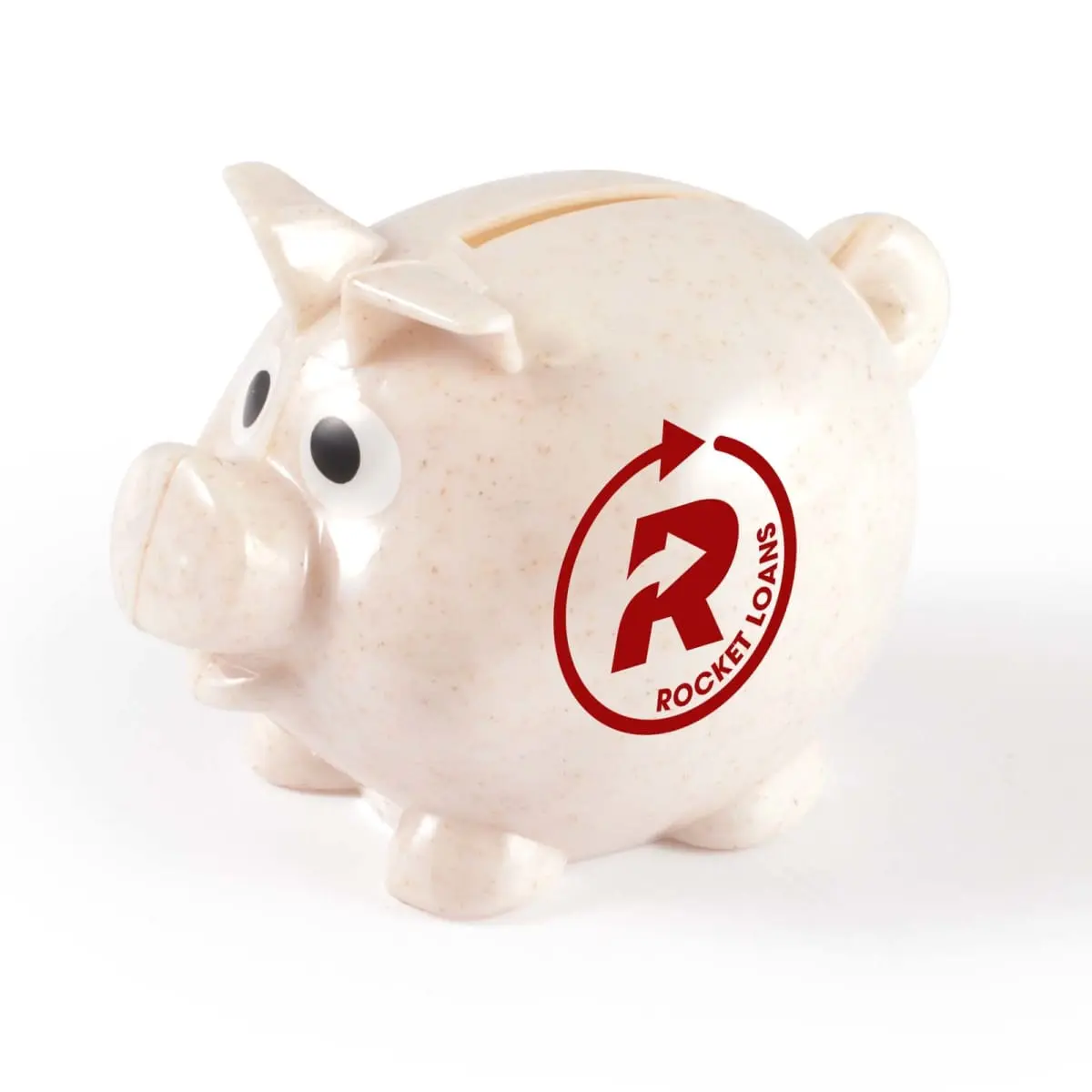 Coin Banks
Coin Banks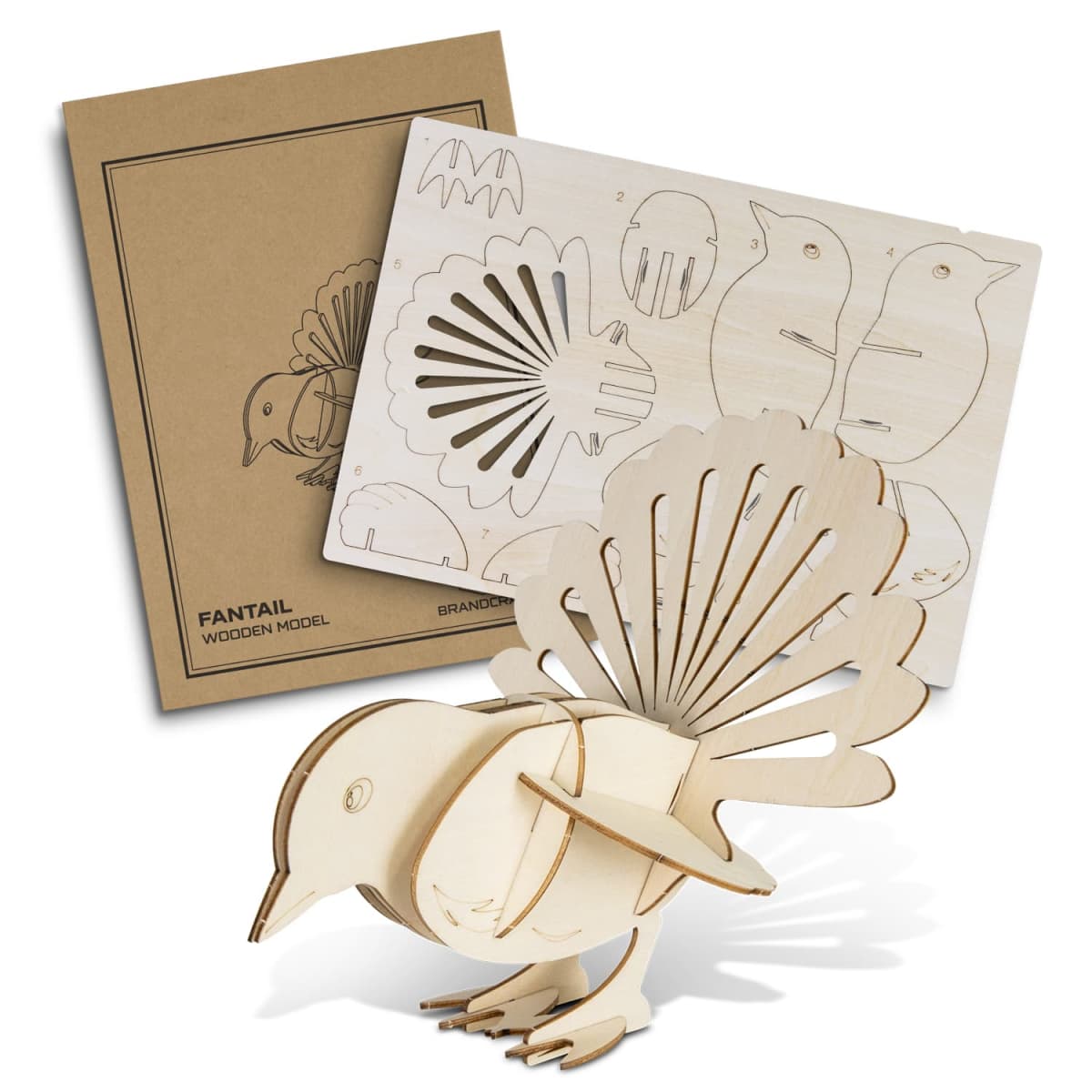 Conference Toys
Conference Toys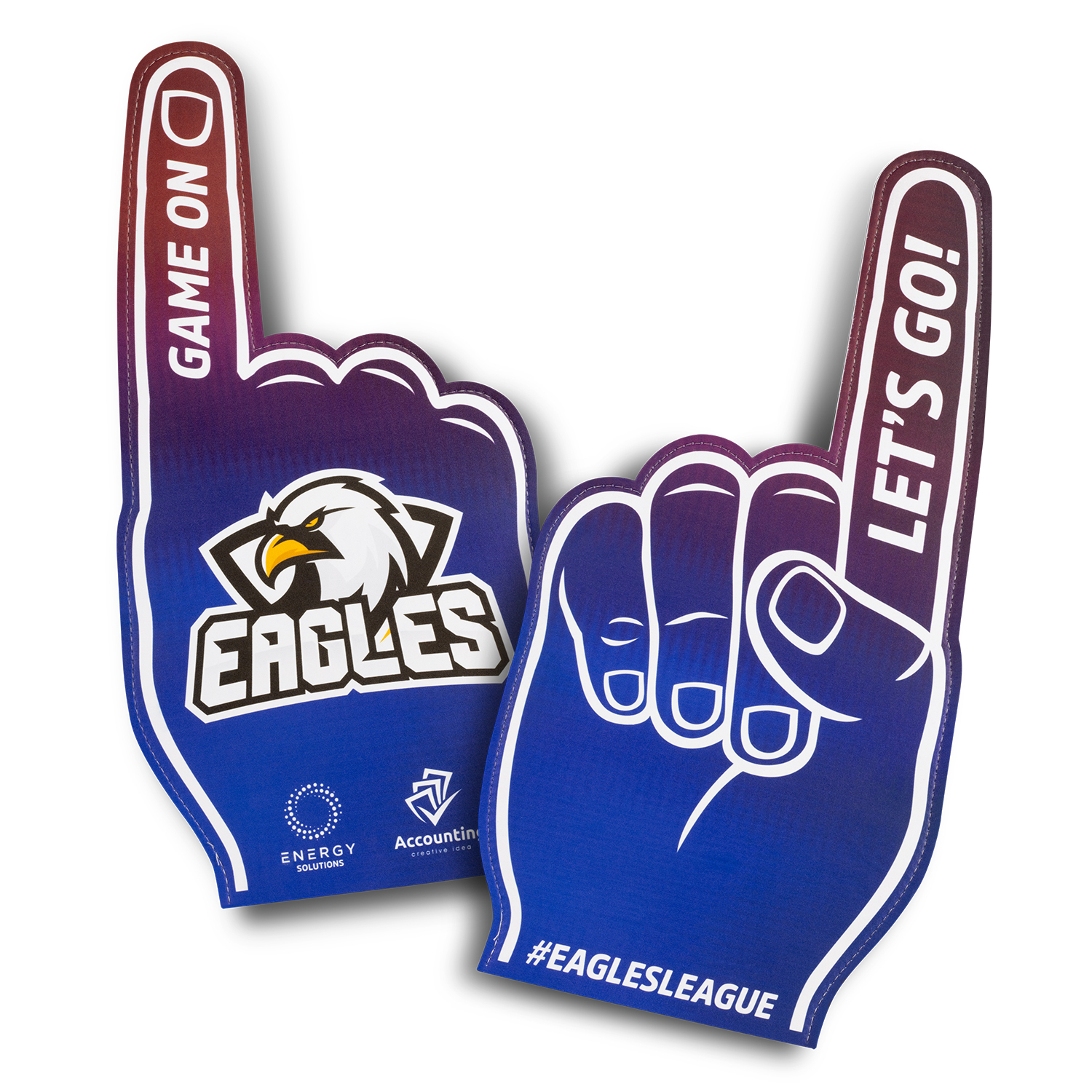 Event Toys
Event Toys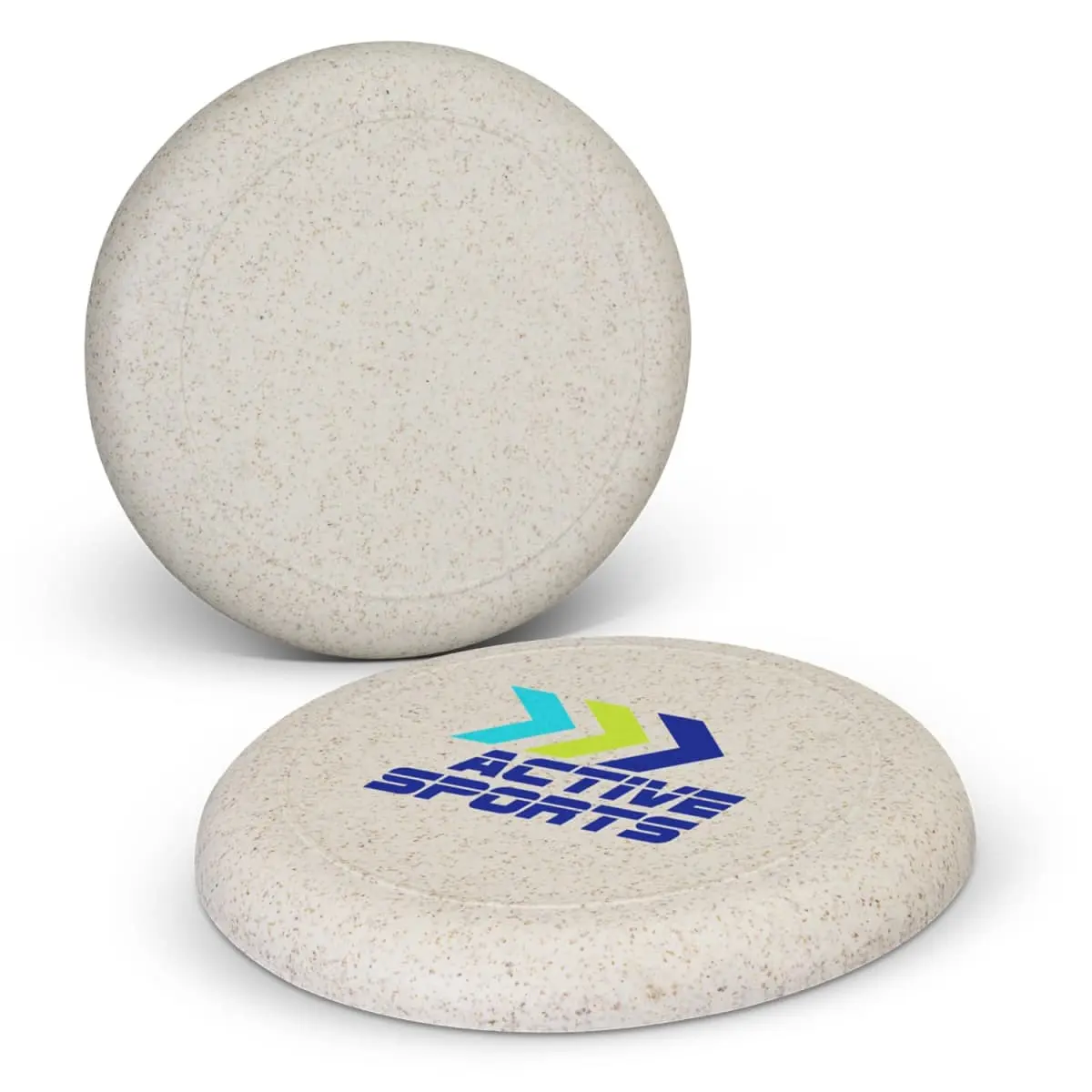 Frisbees
Frisbees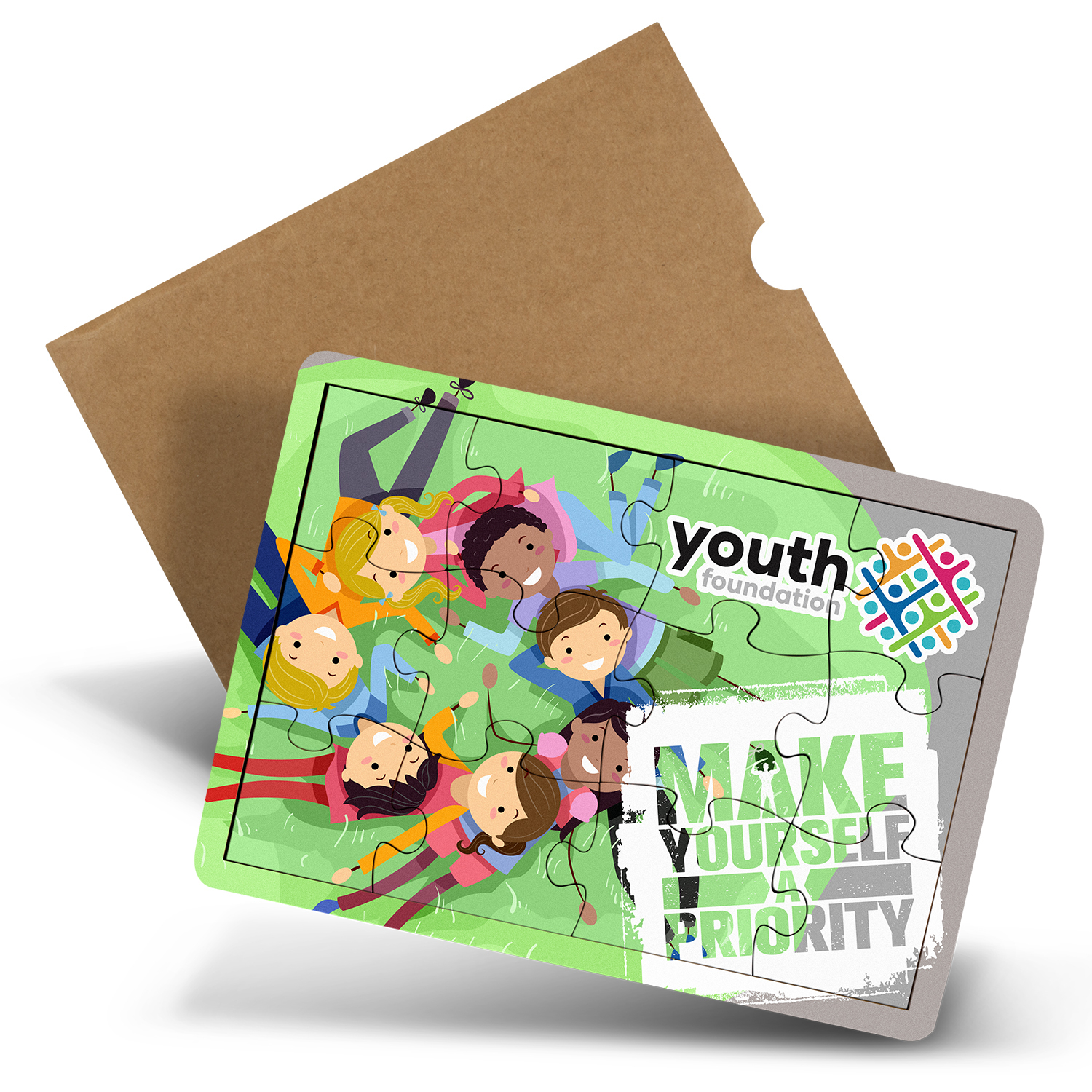 Games & Puzzles
Games & Puzzles Kids
Kids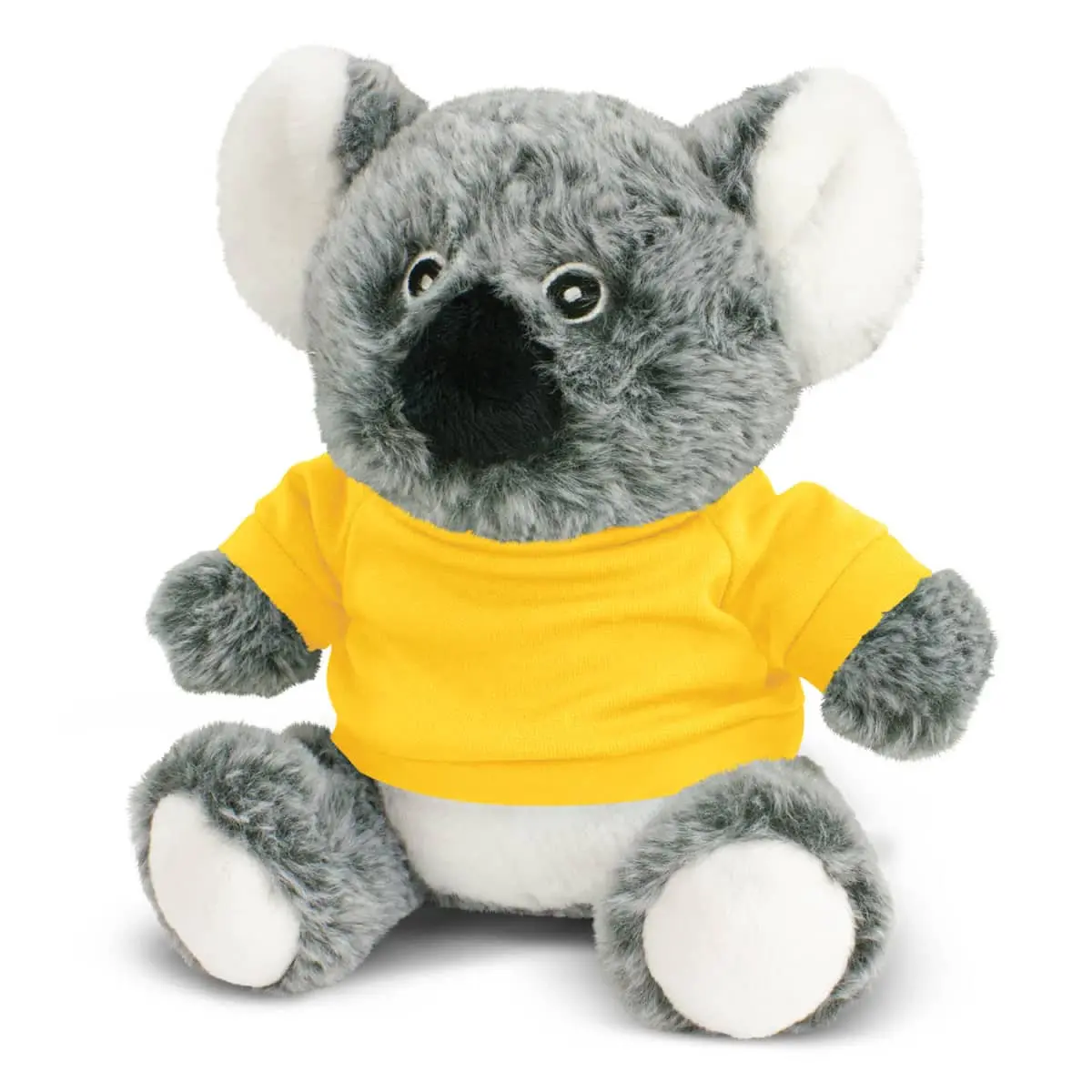 Plush Toys
Plush Toys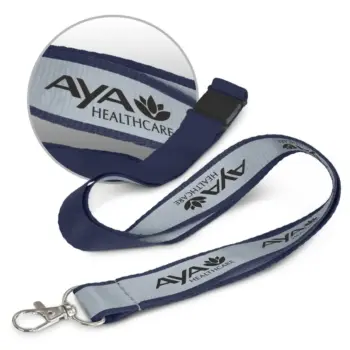
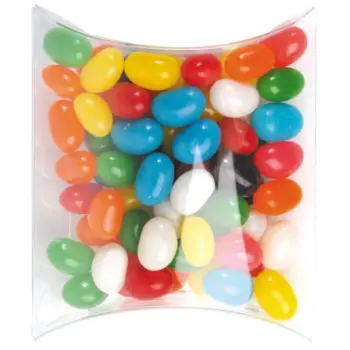
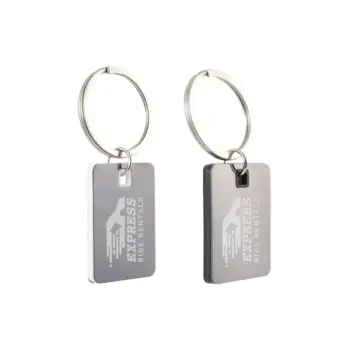
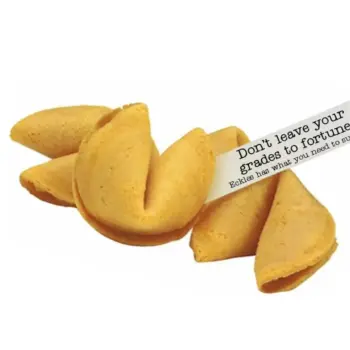

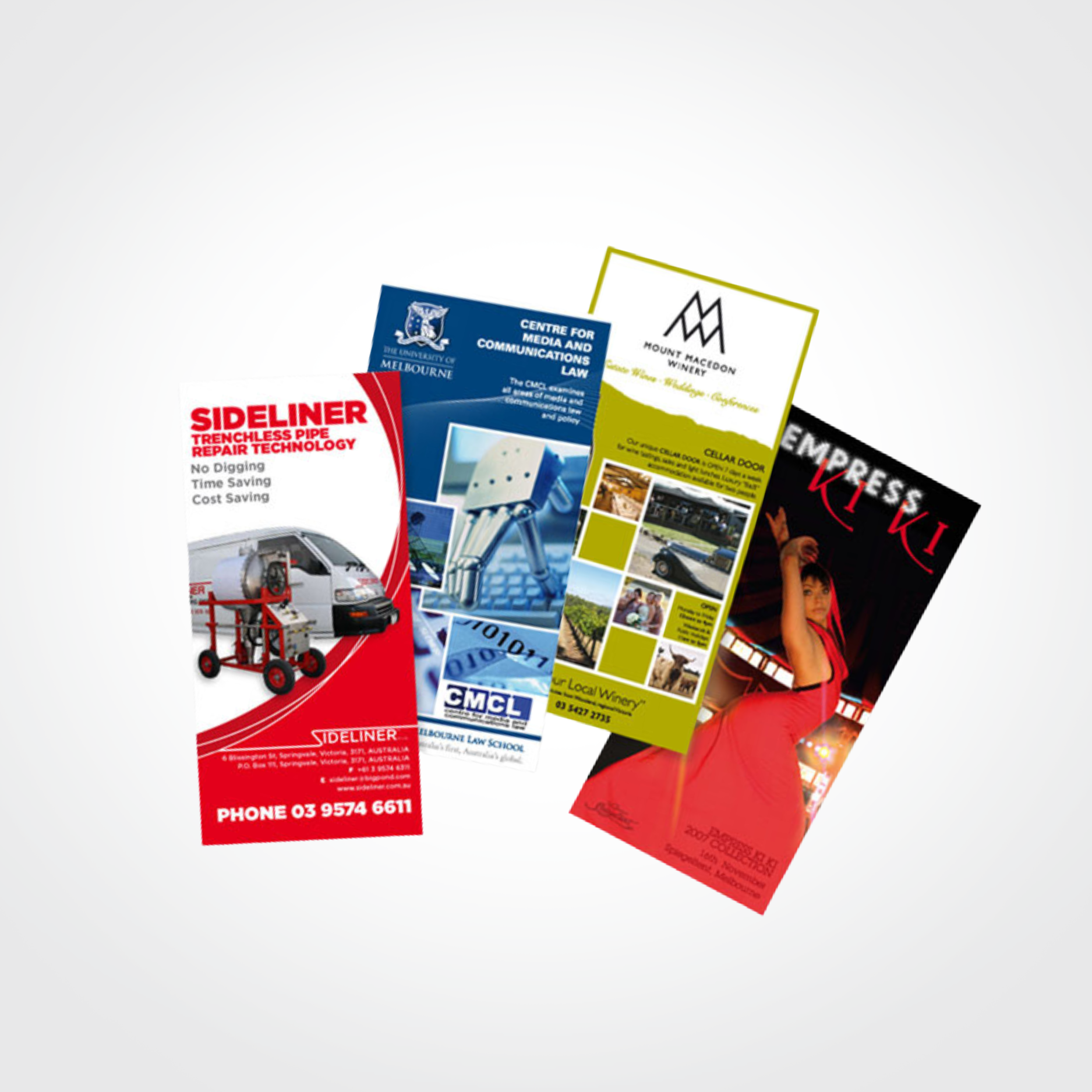 Print | Signage
Print | Signage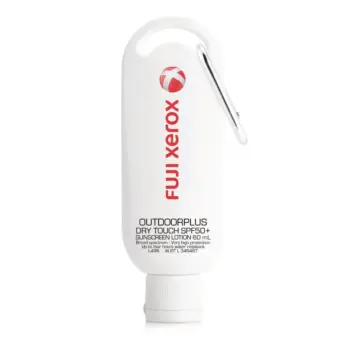
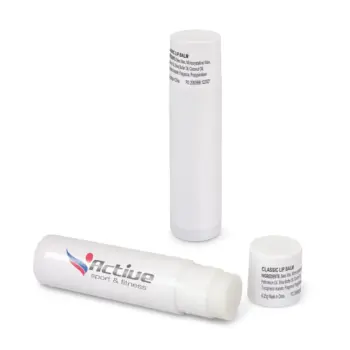
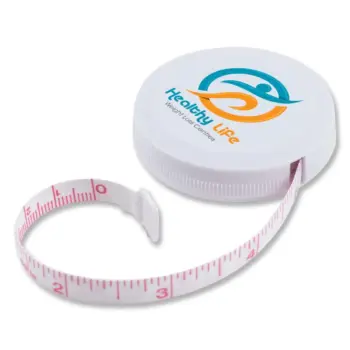
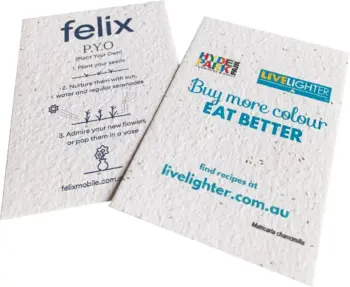
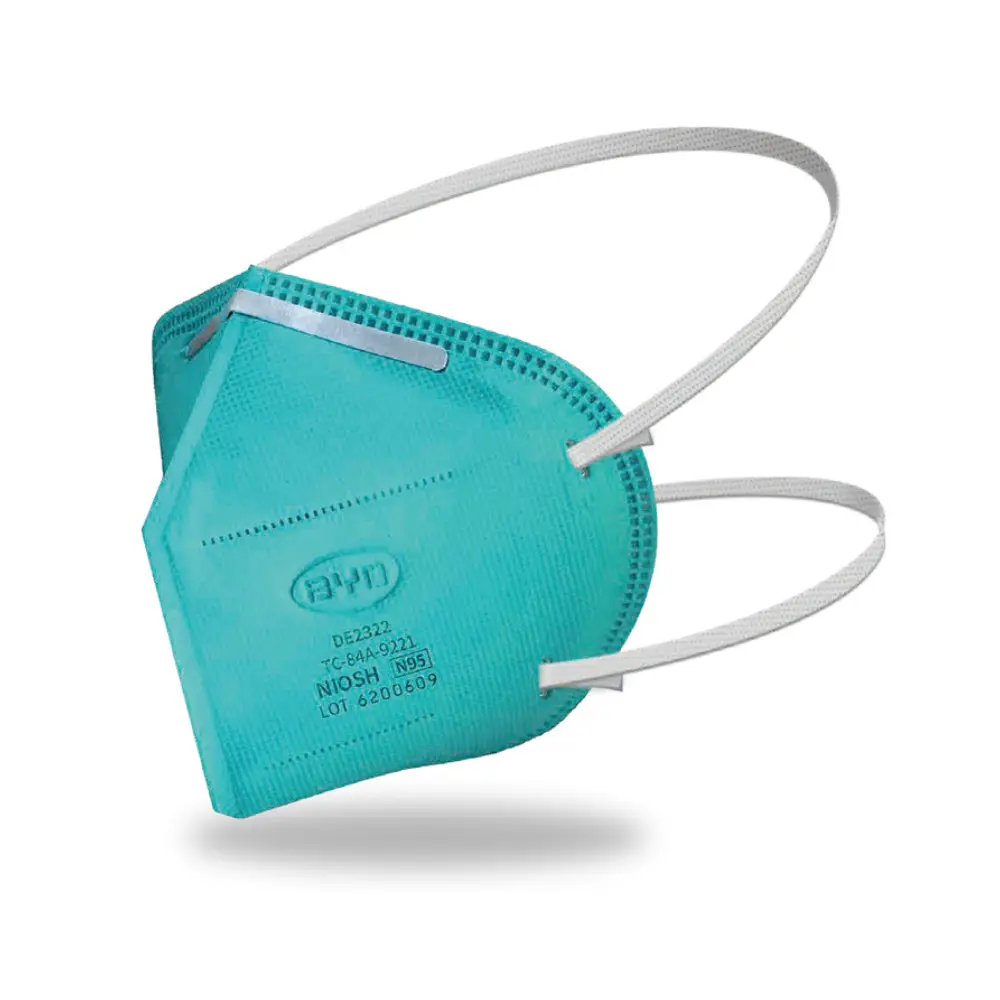 Antibacterial
Antibacterial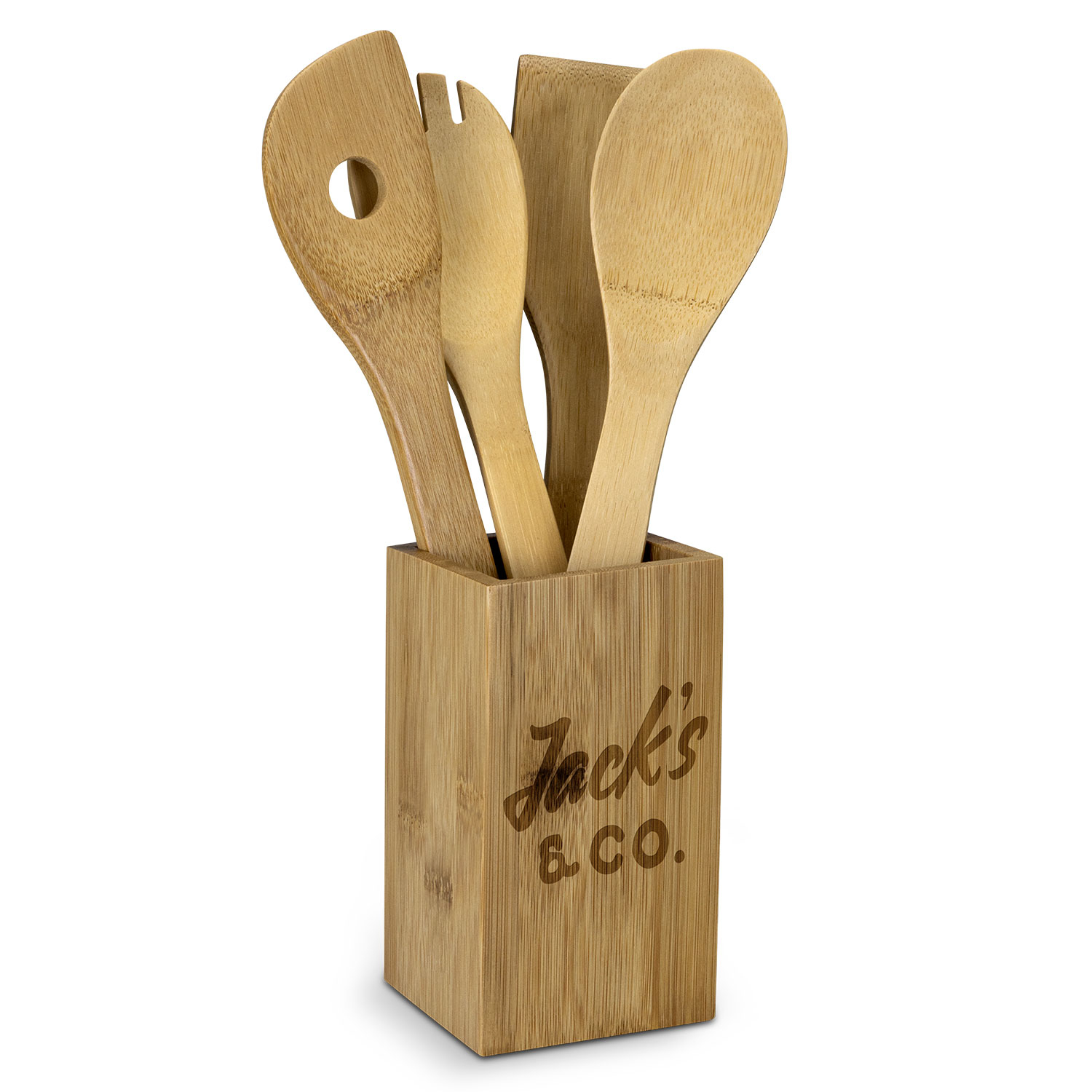 Eco Products
Eco Products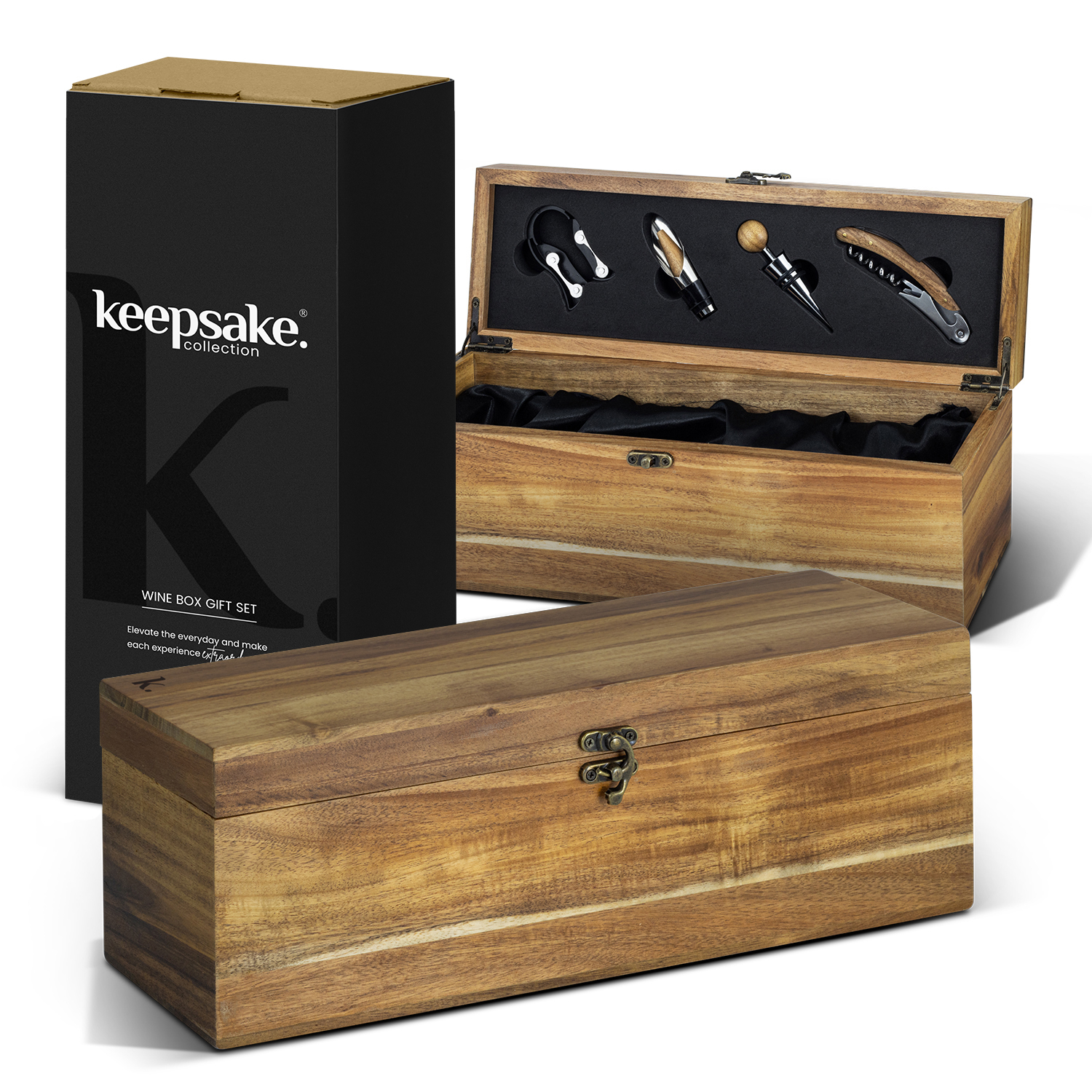 Gift Box Sets
Gift Box Sets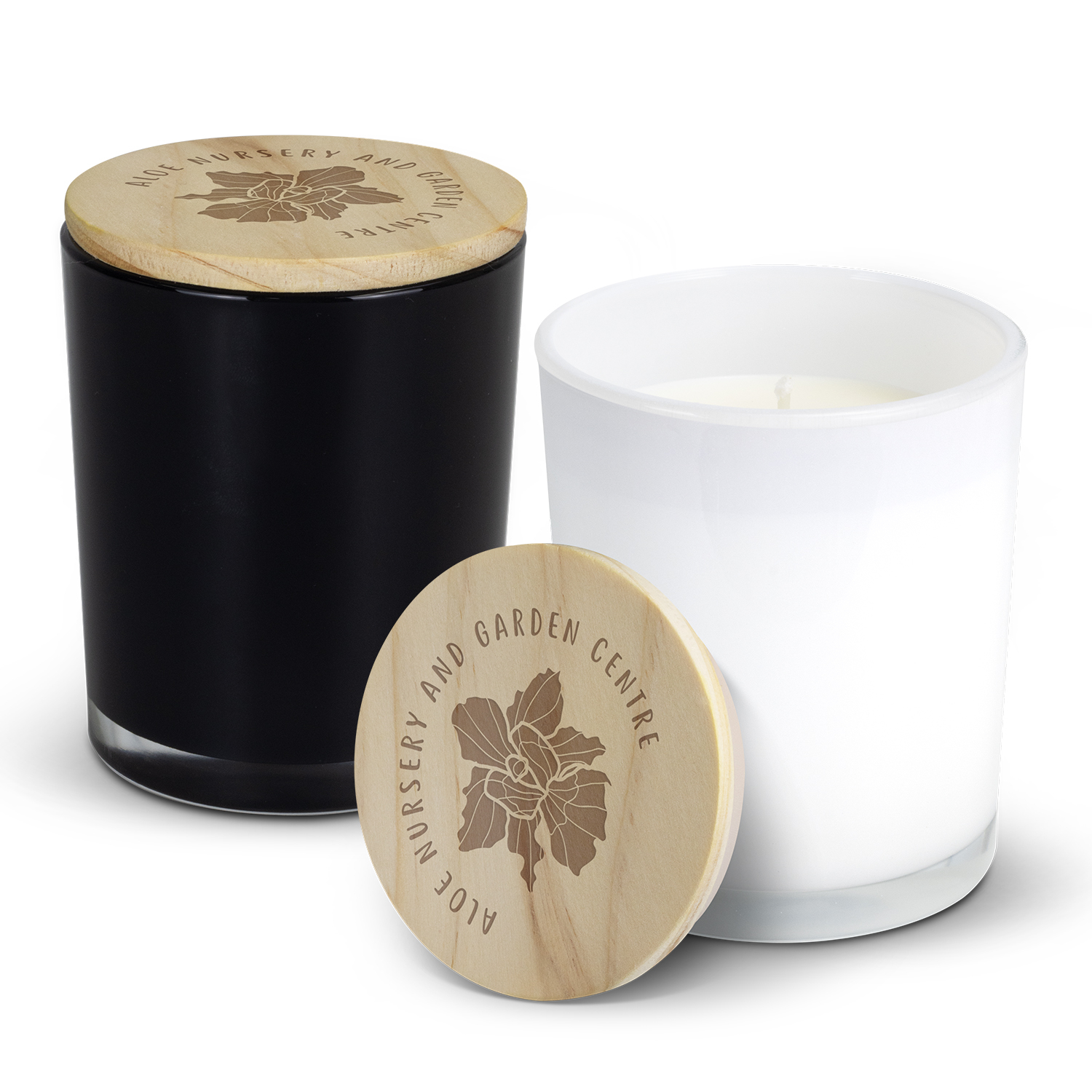 Homeware
Homeware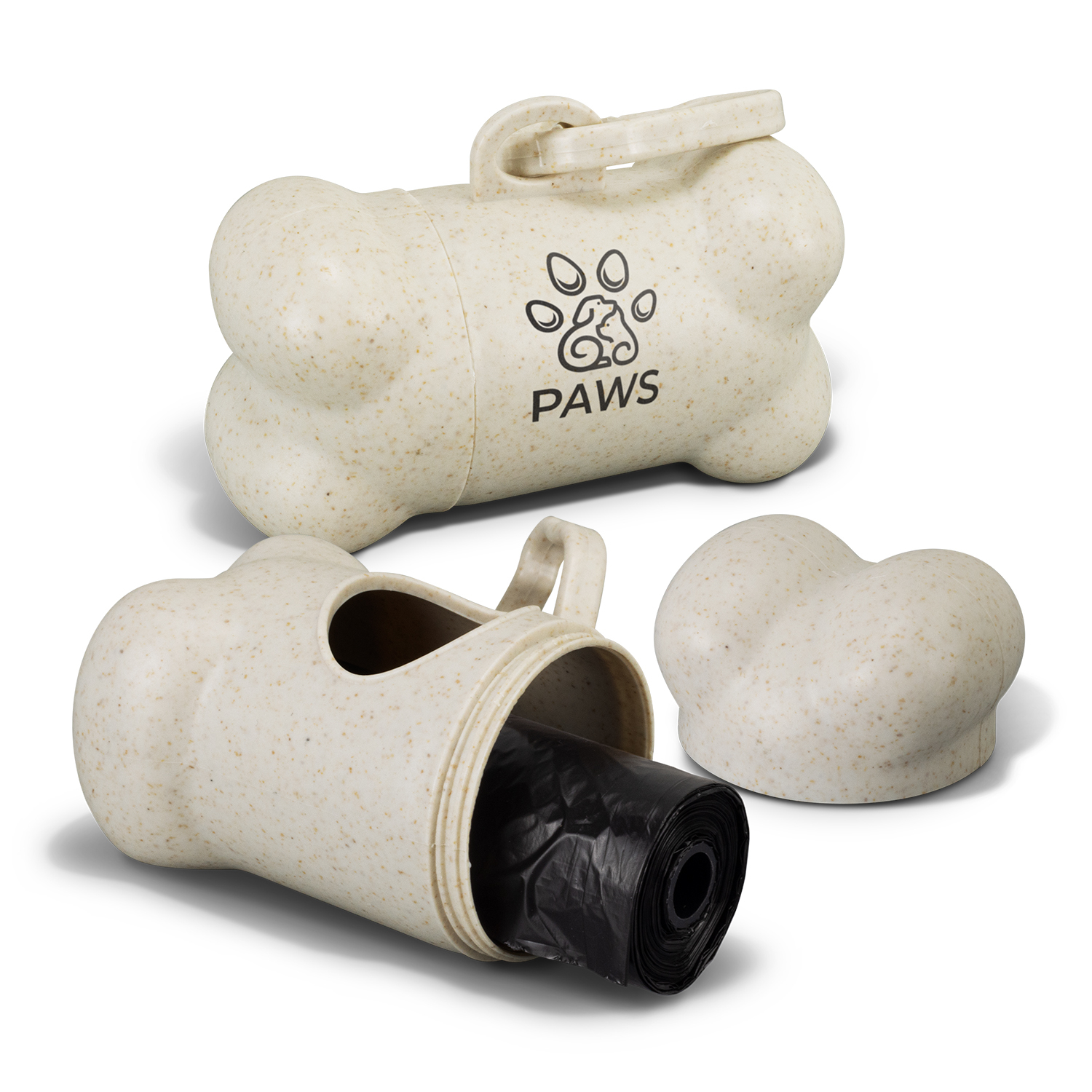 Pet Products
Pet Products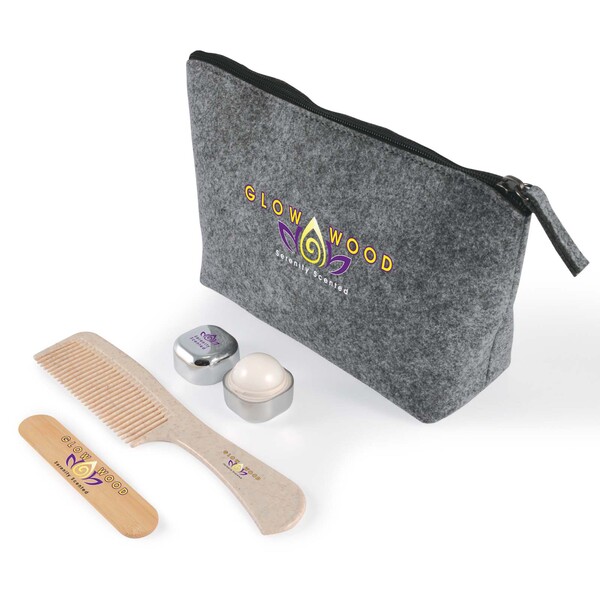 Personal Care
Personal Care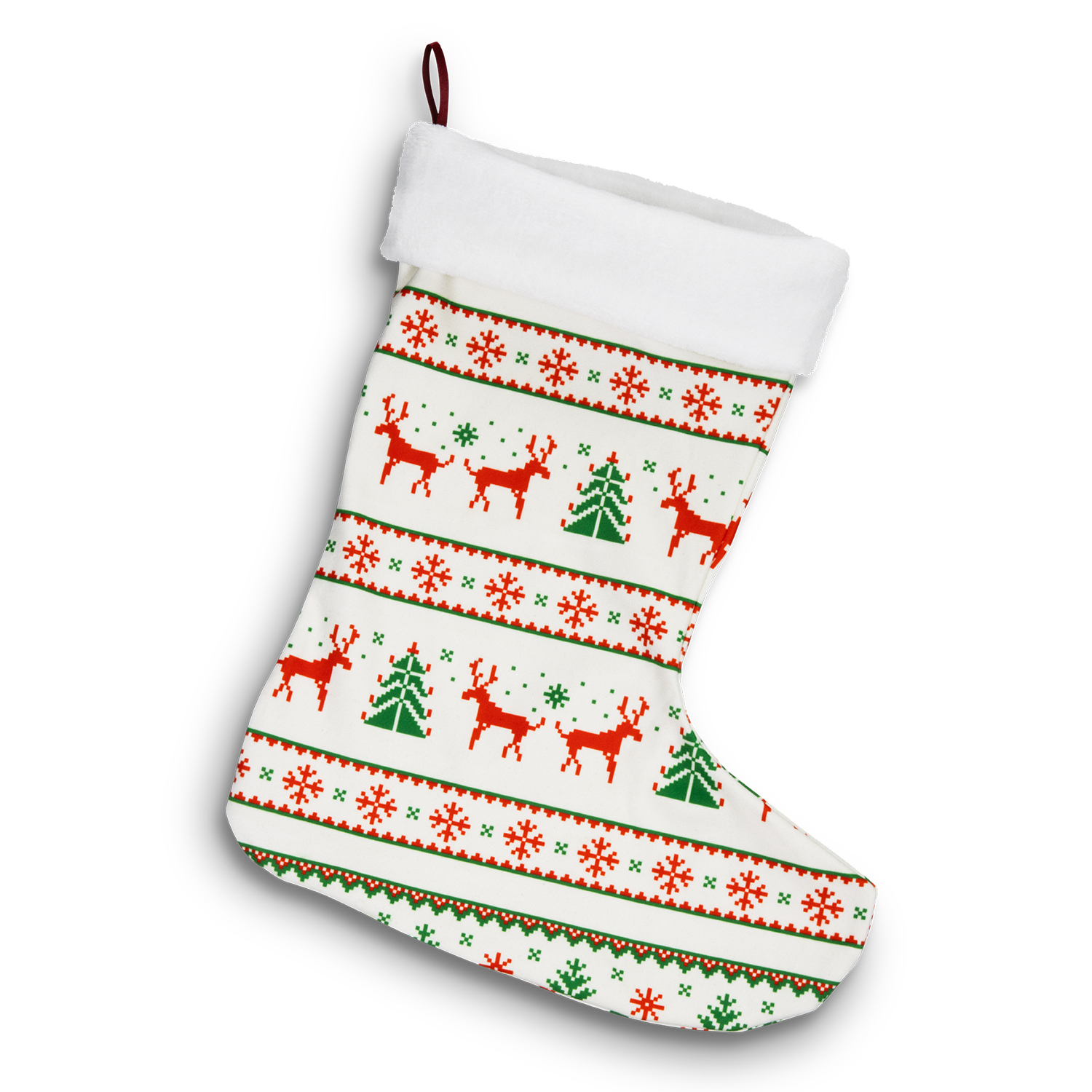 Occasion Ideas
Occasion Ideas